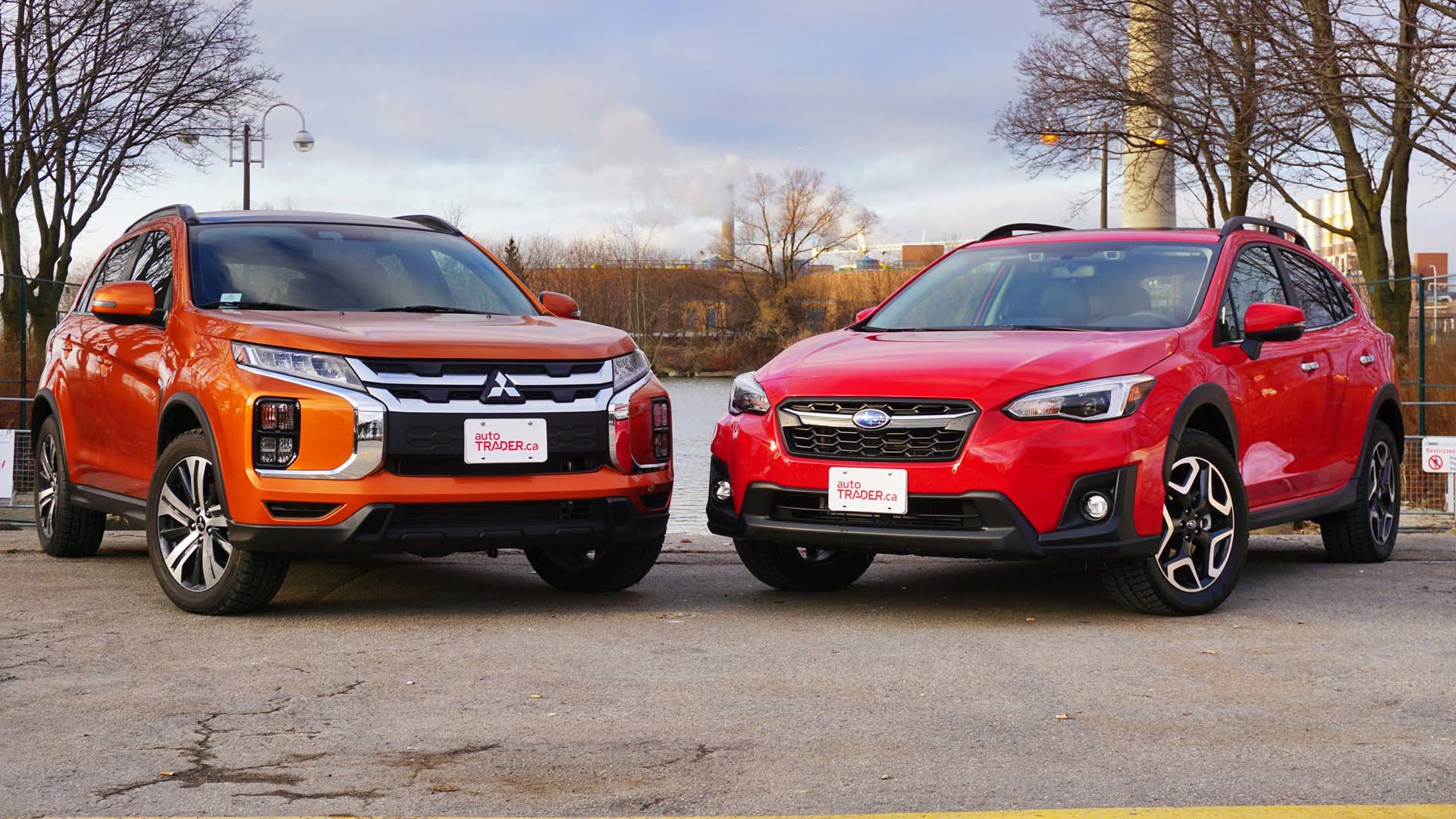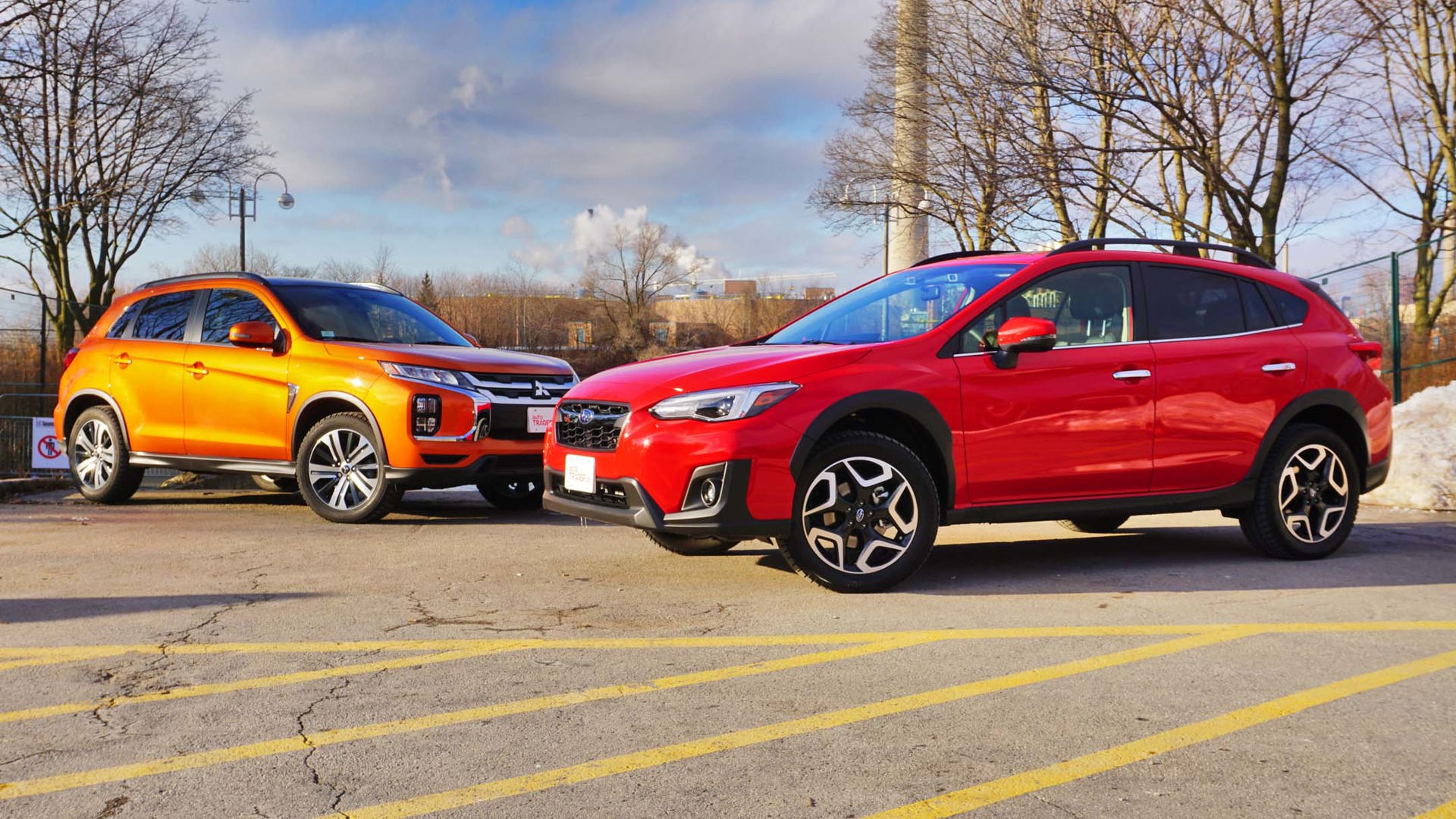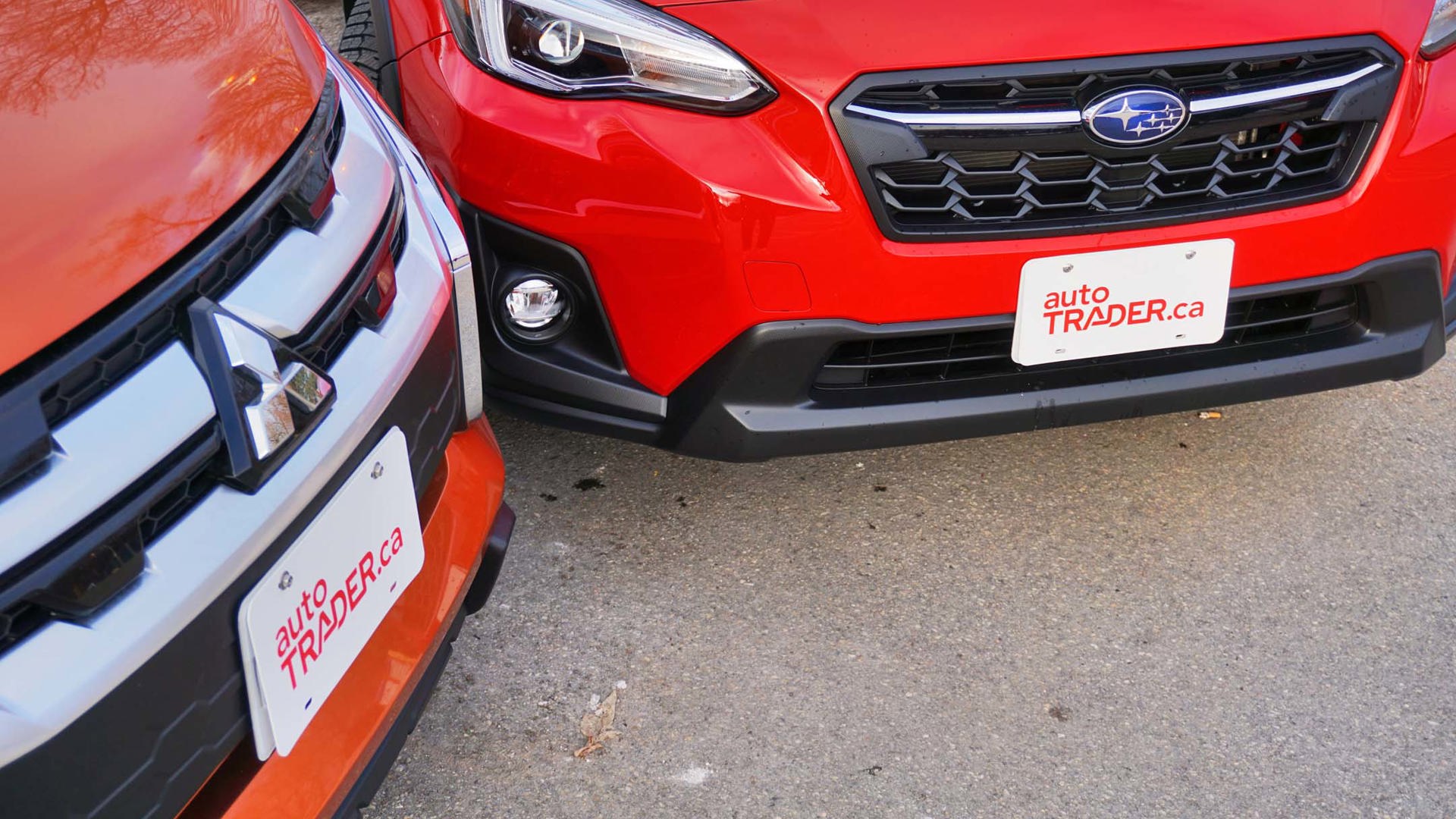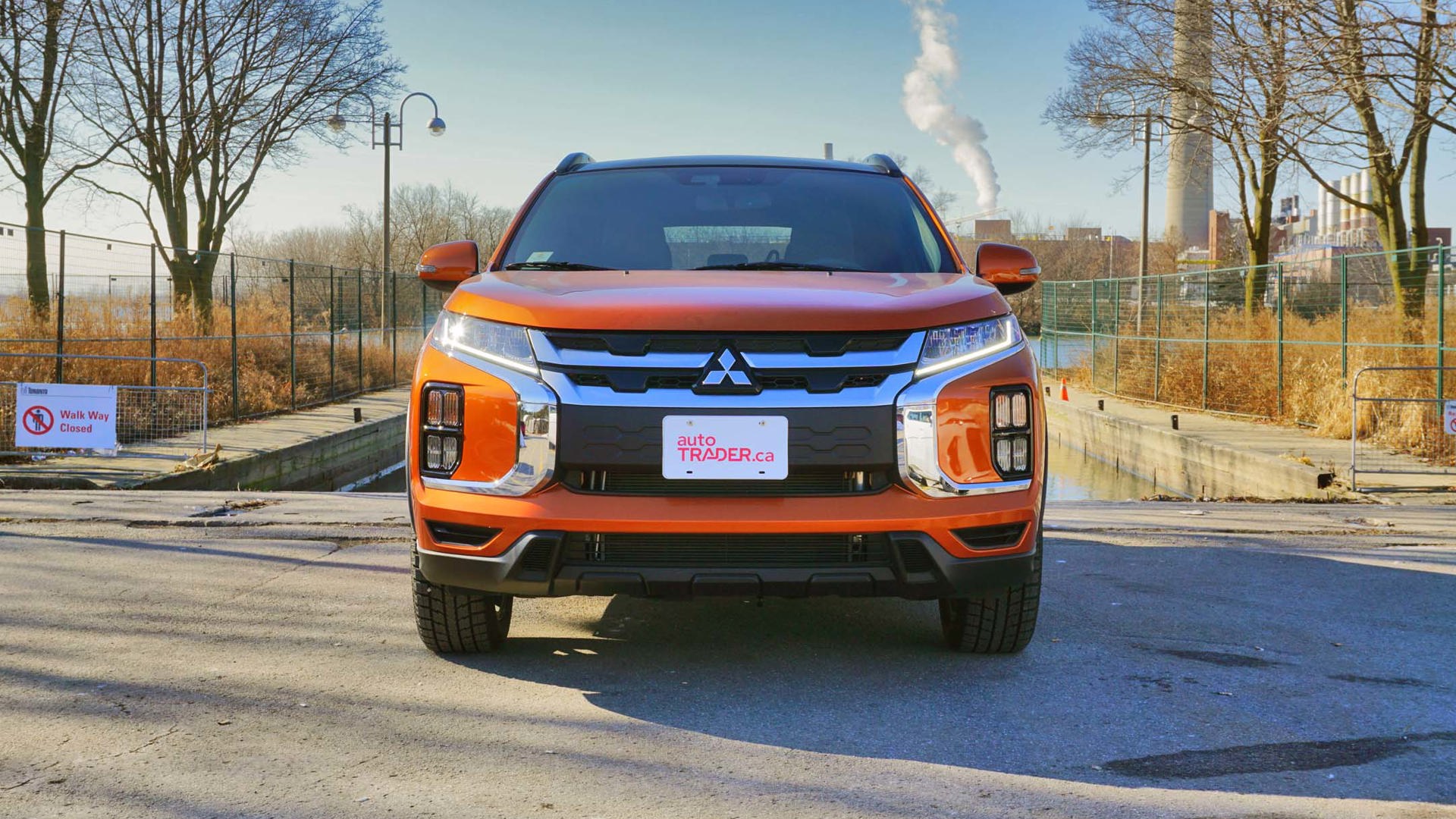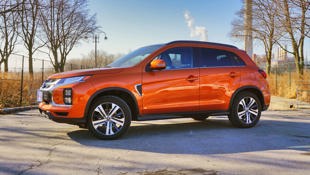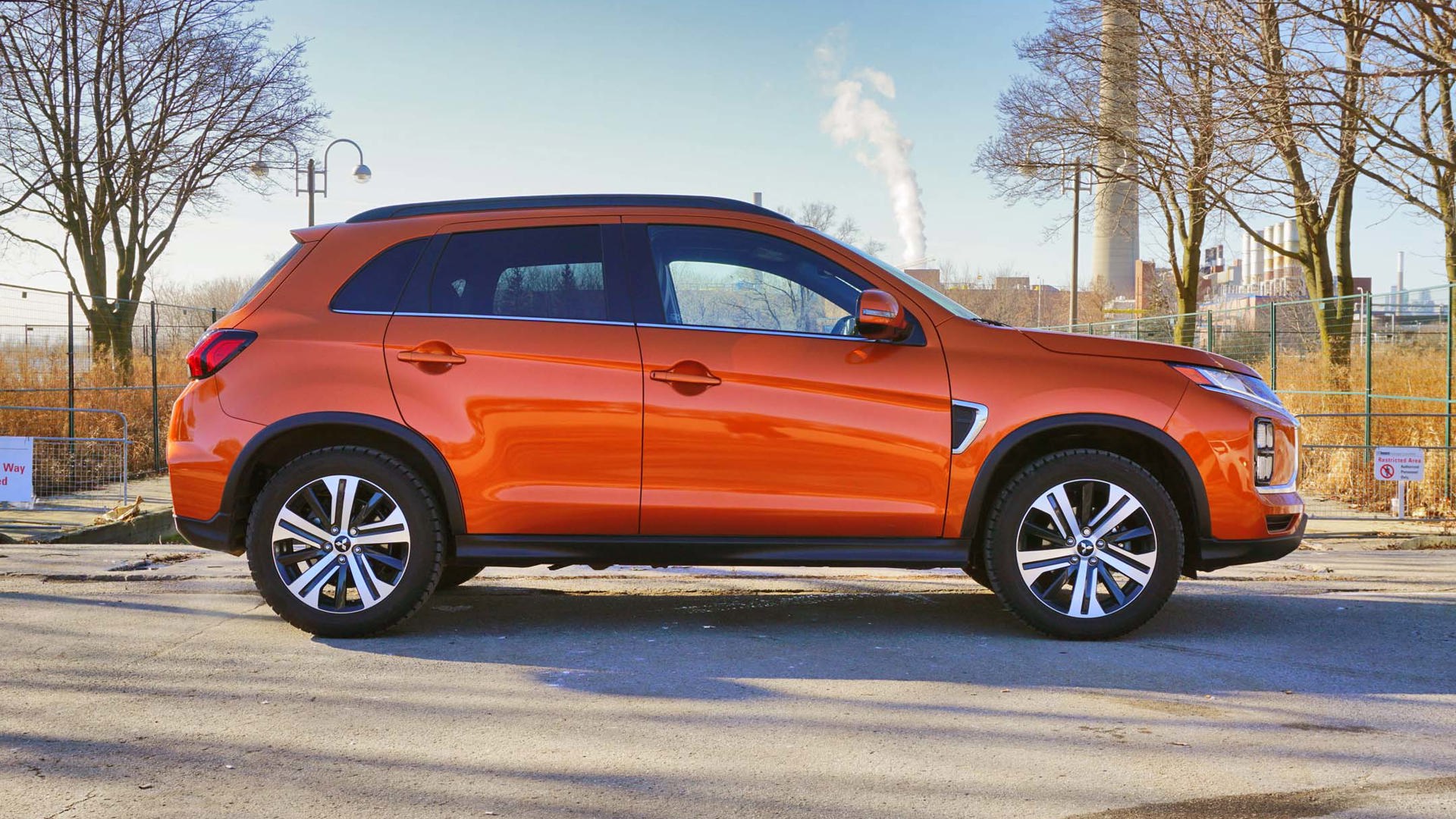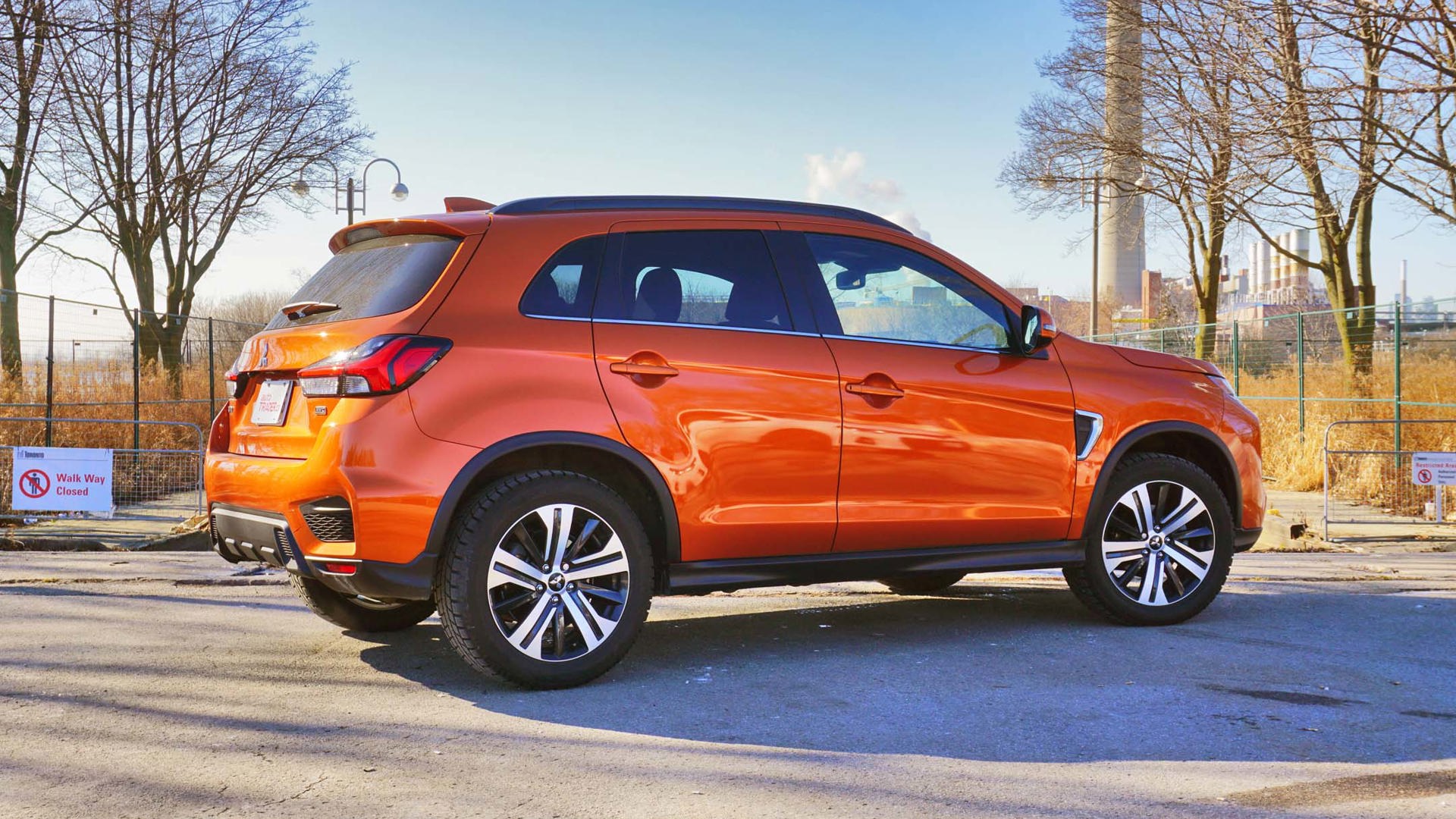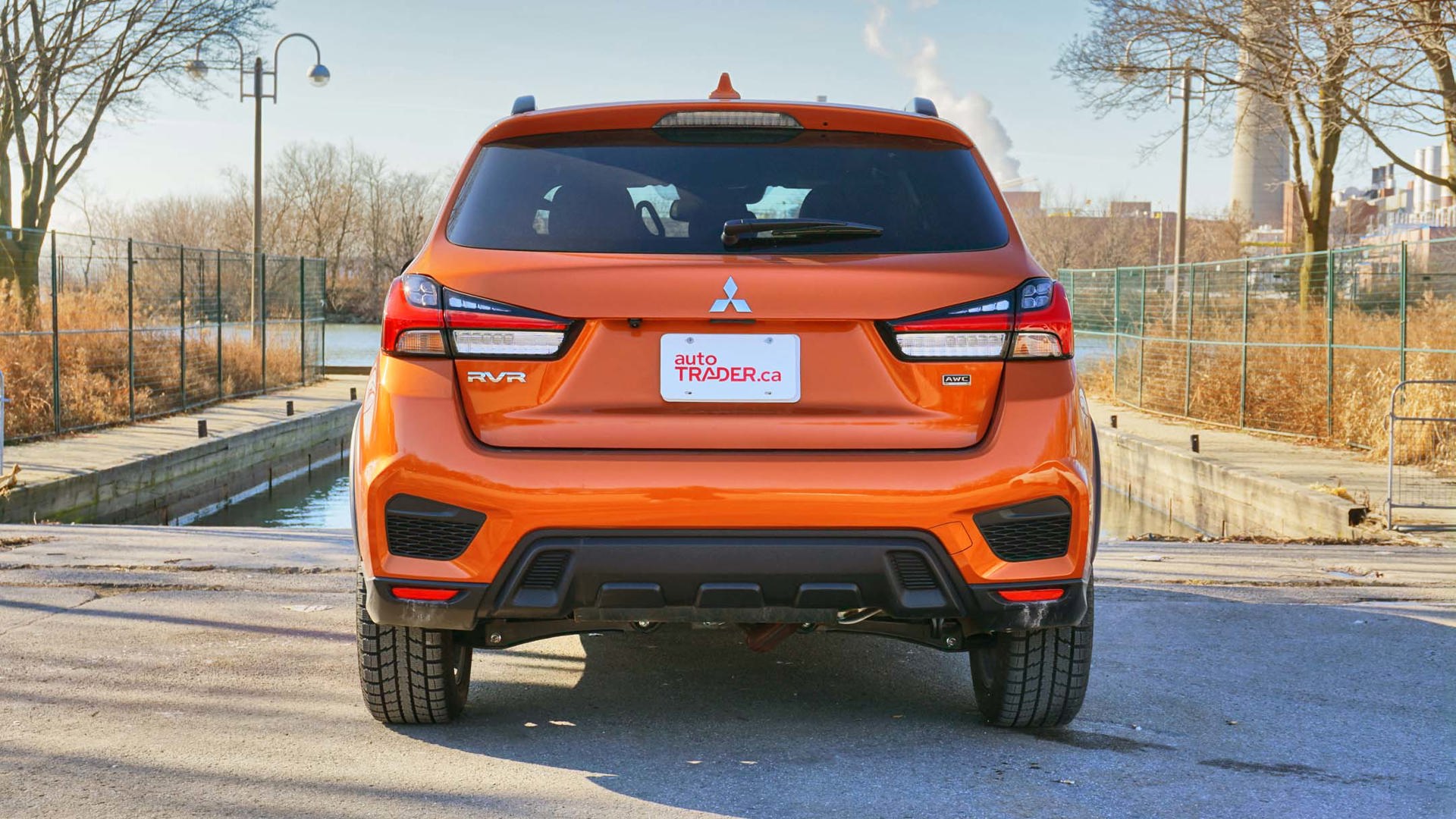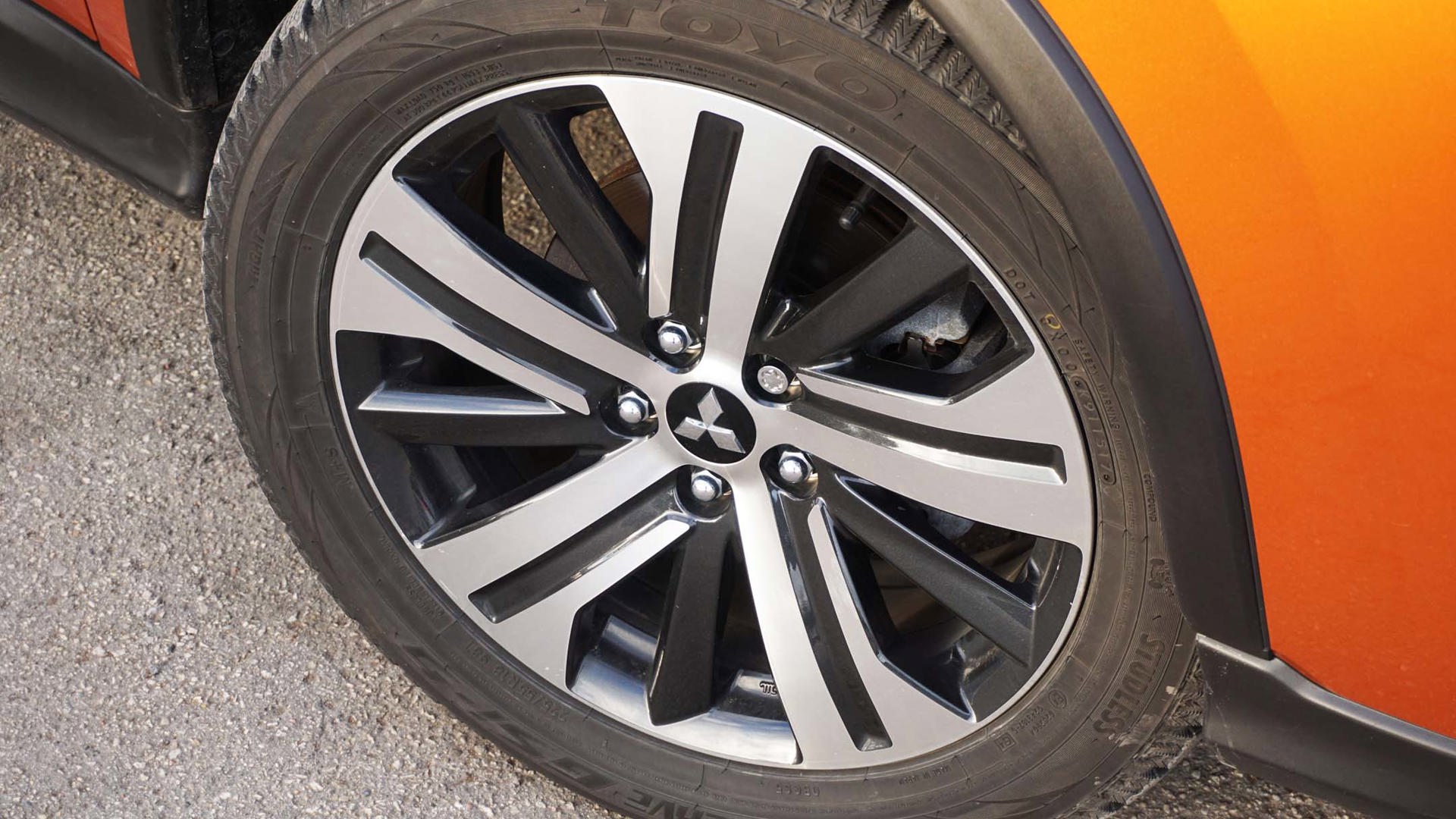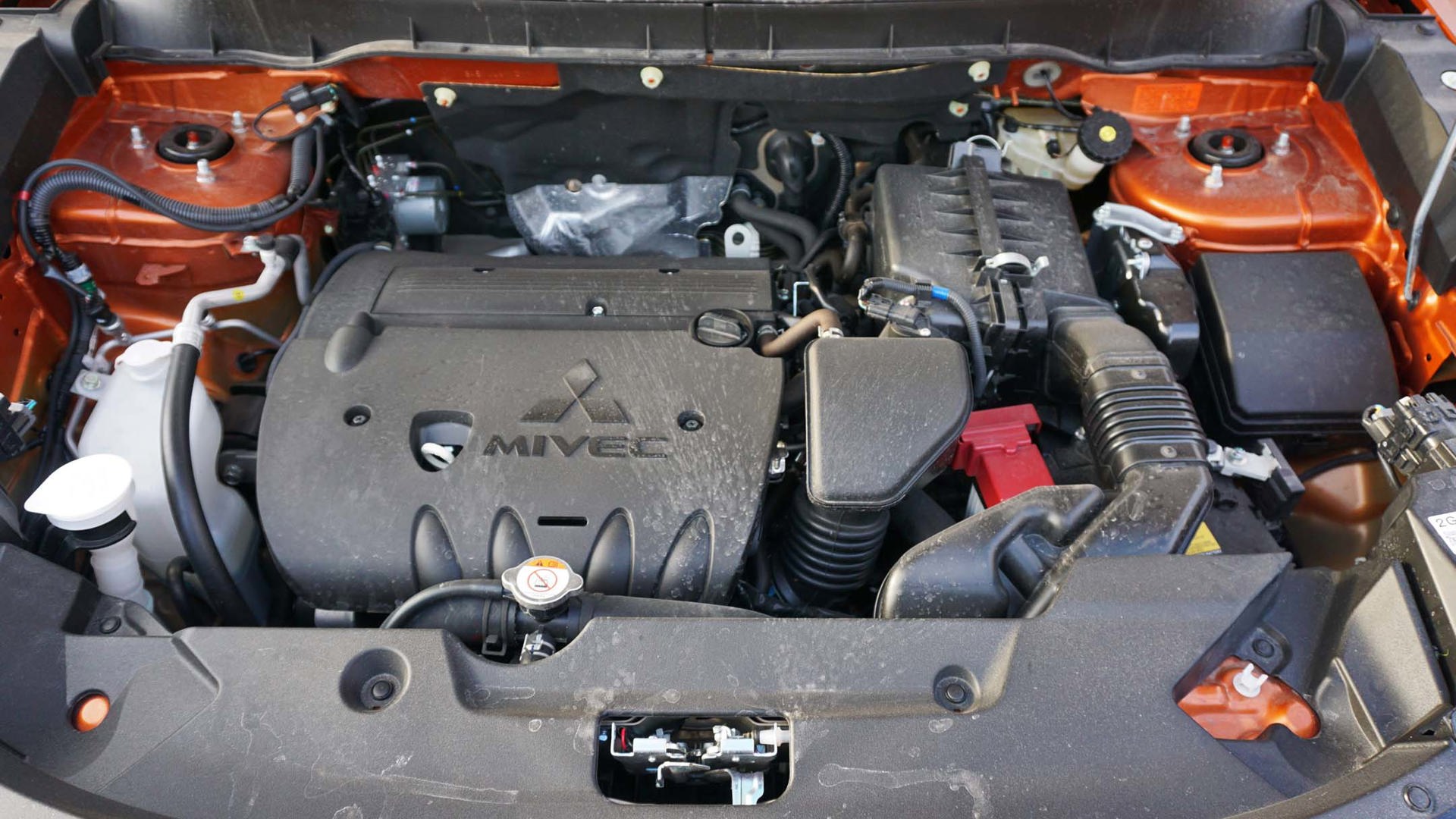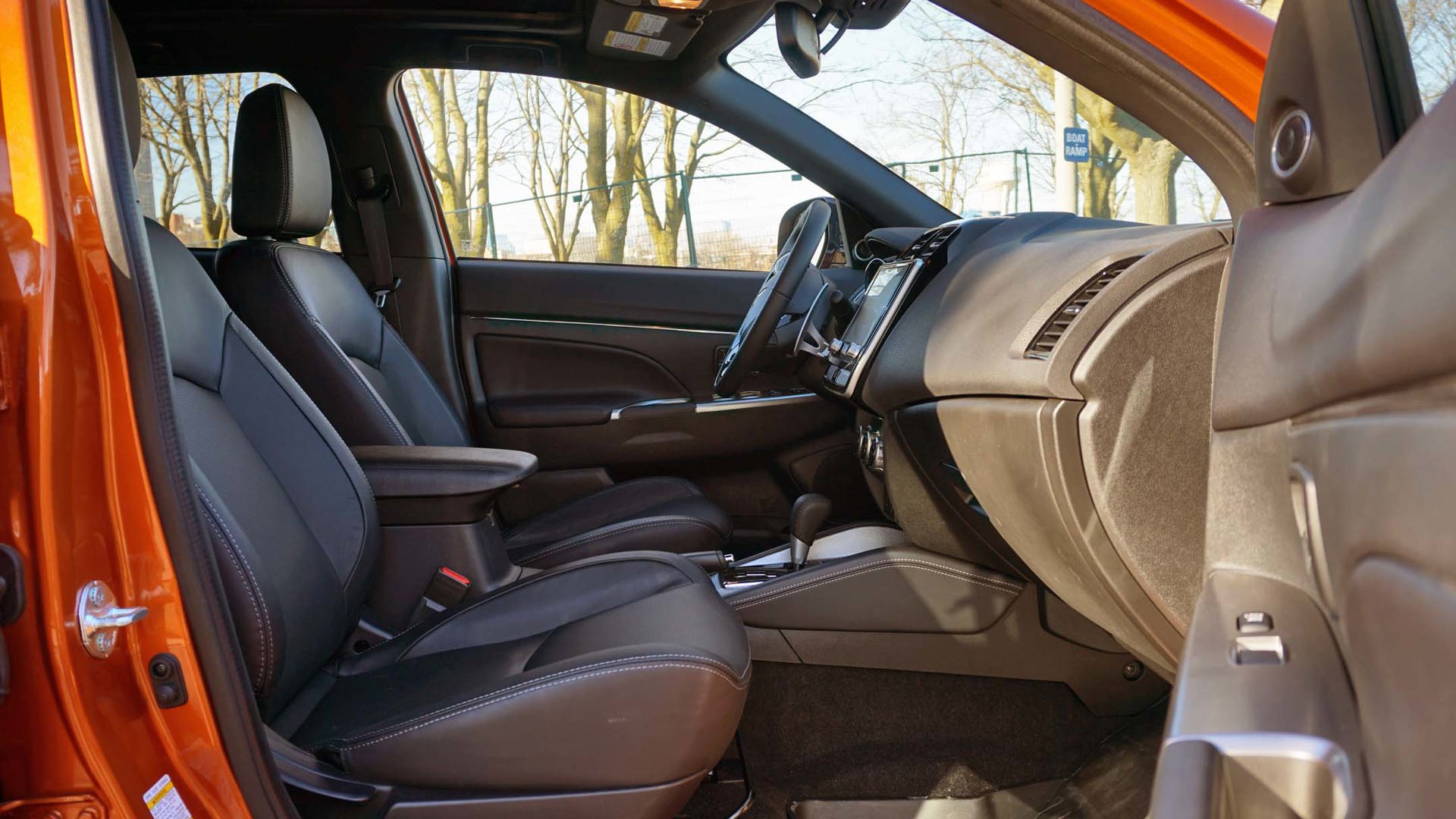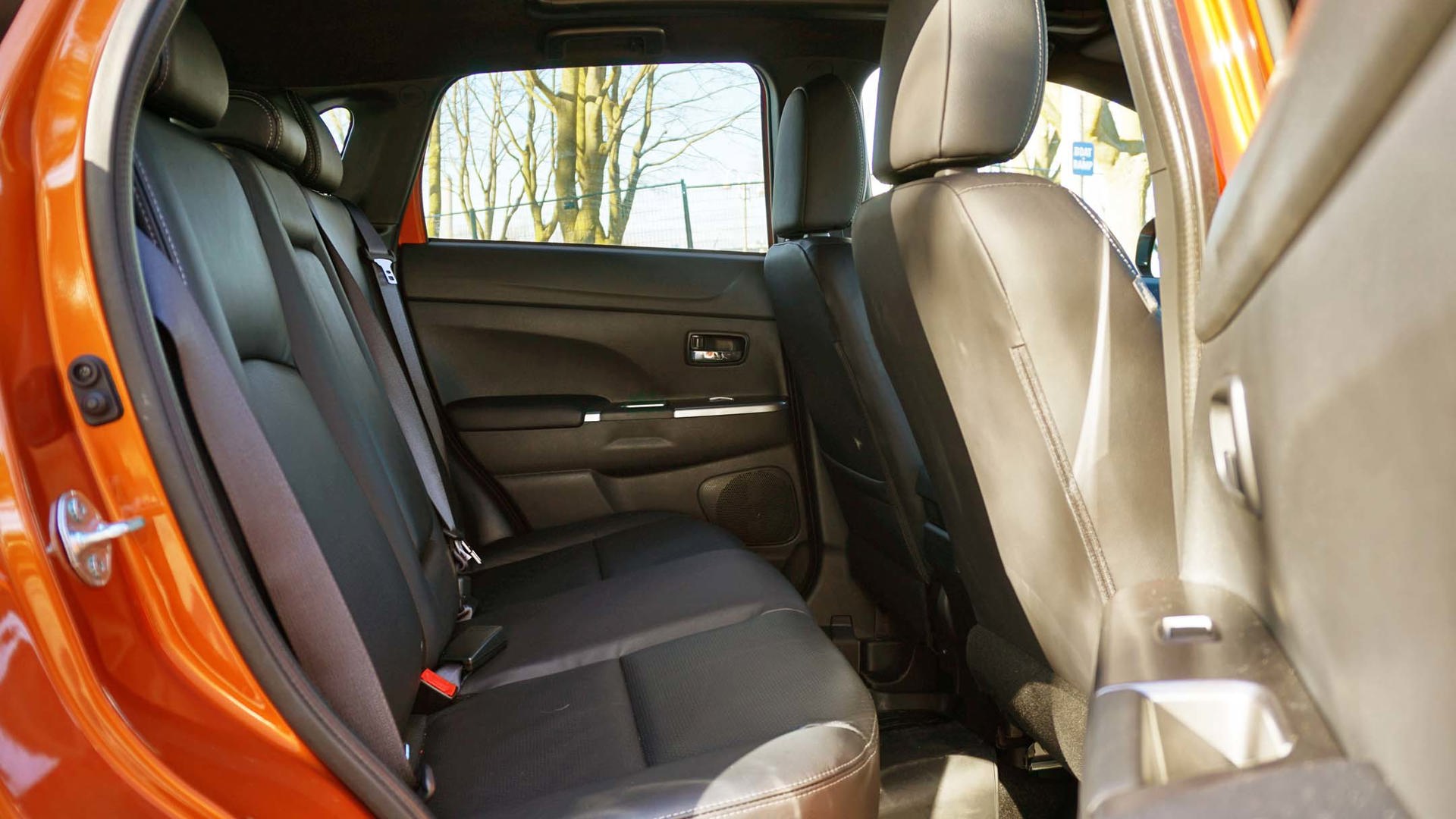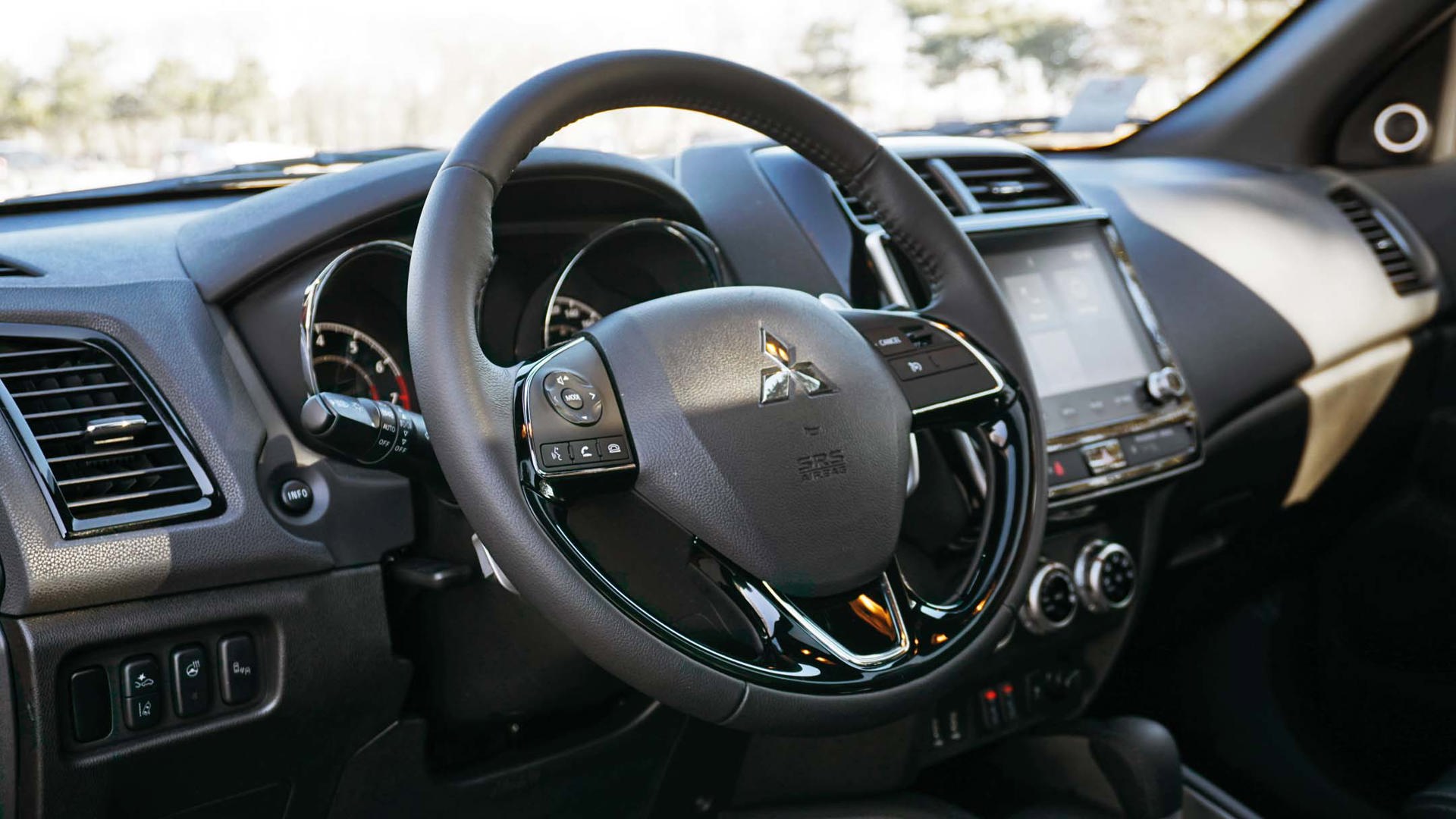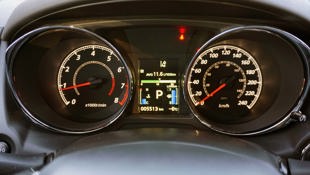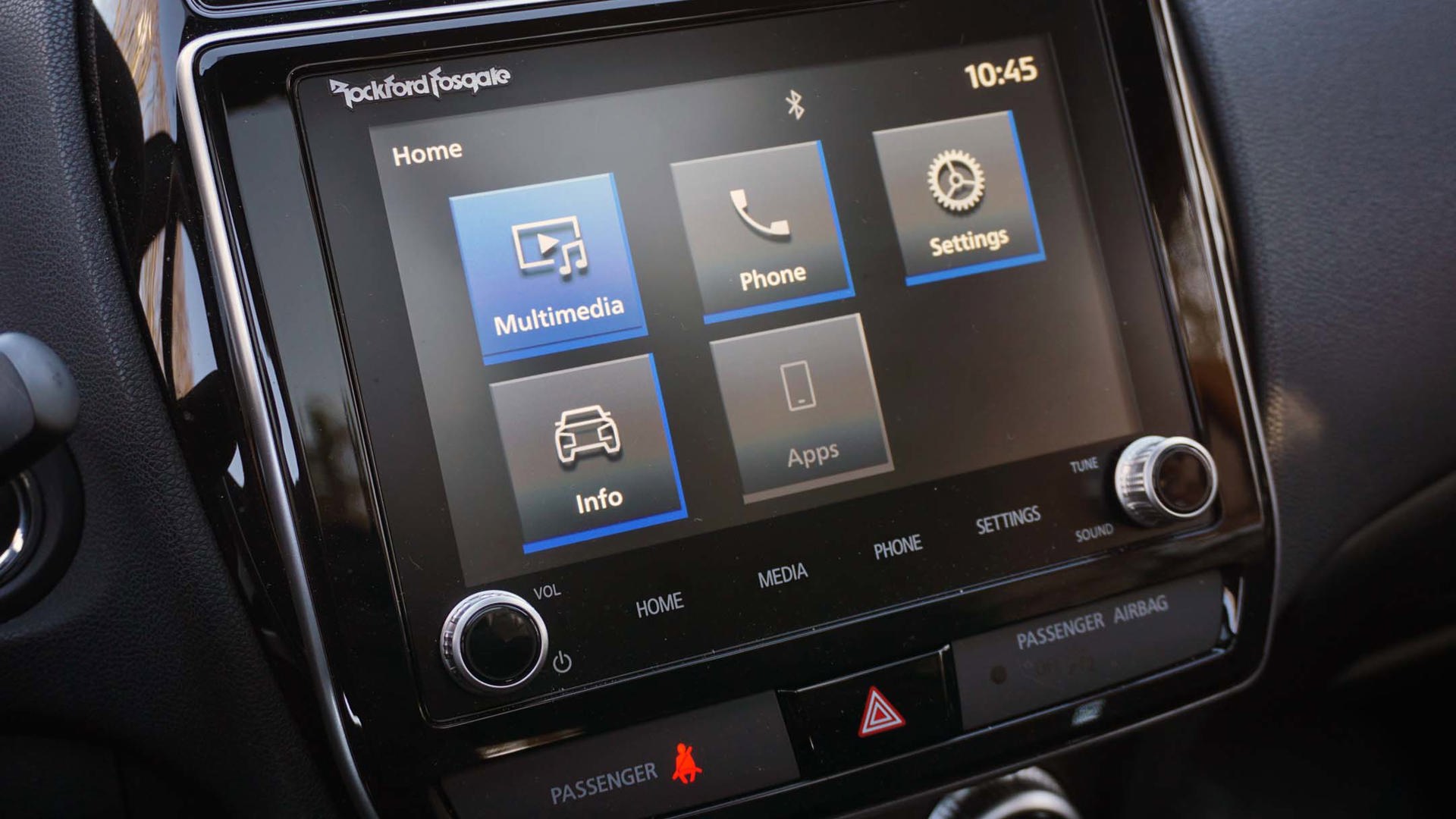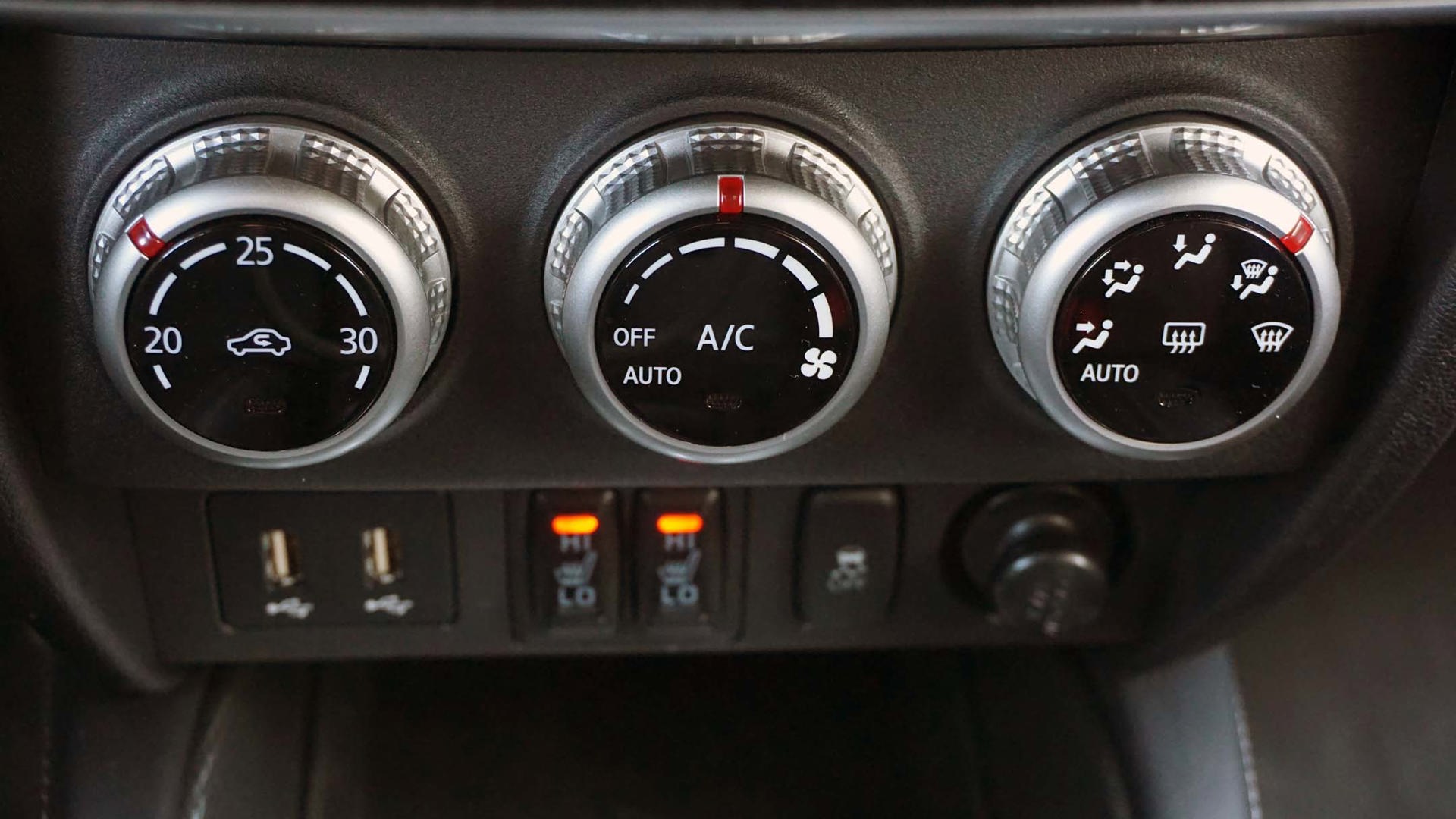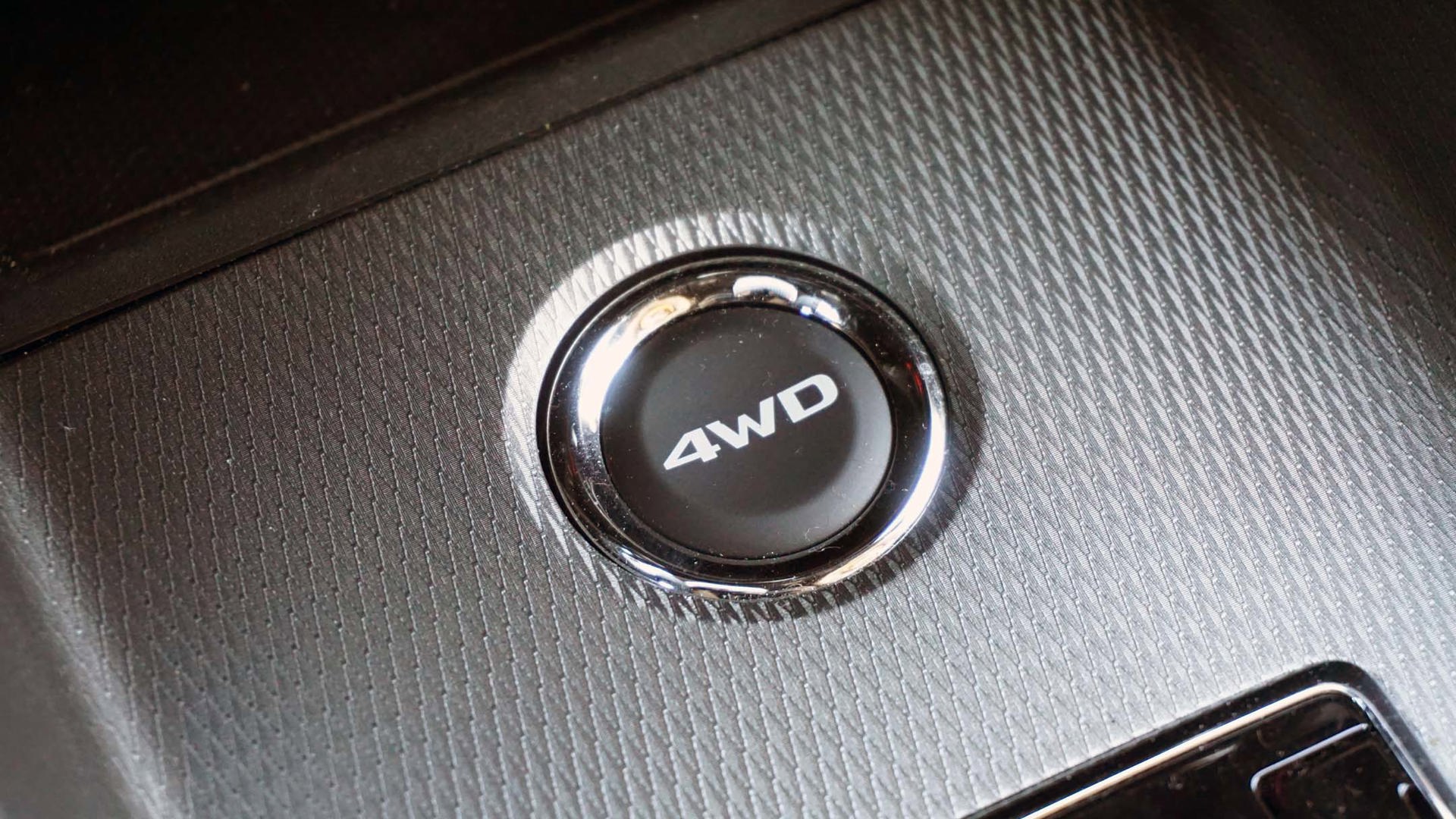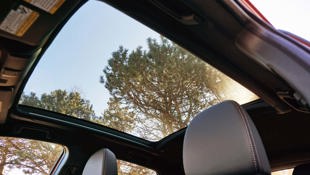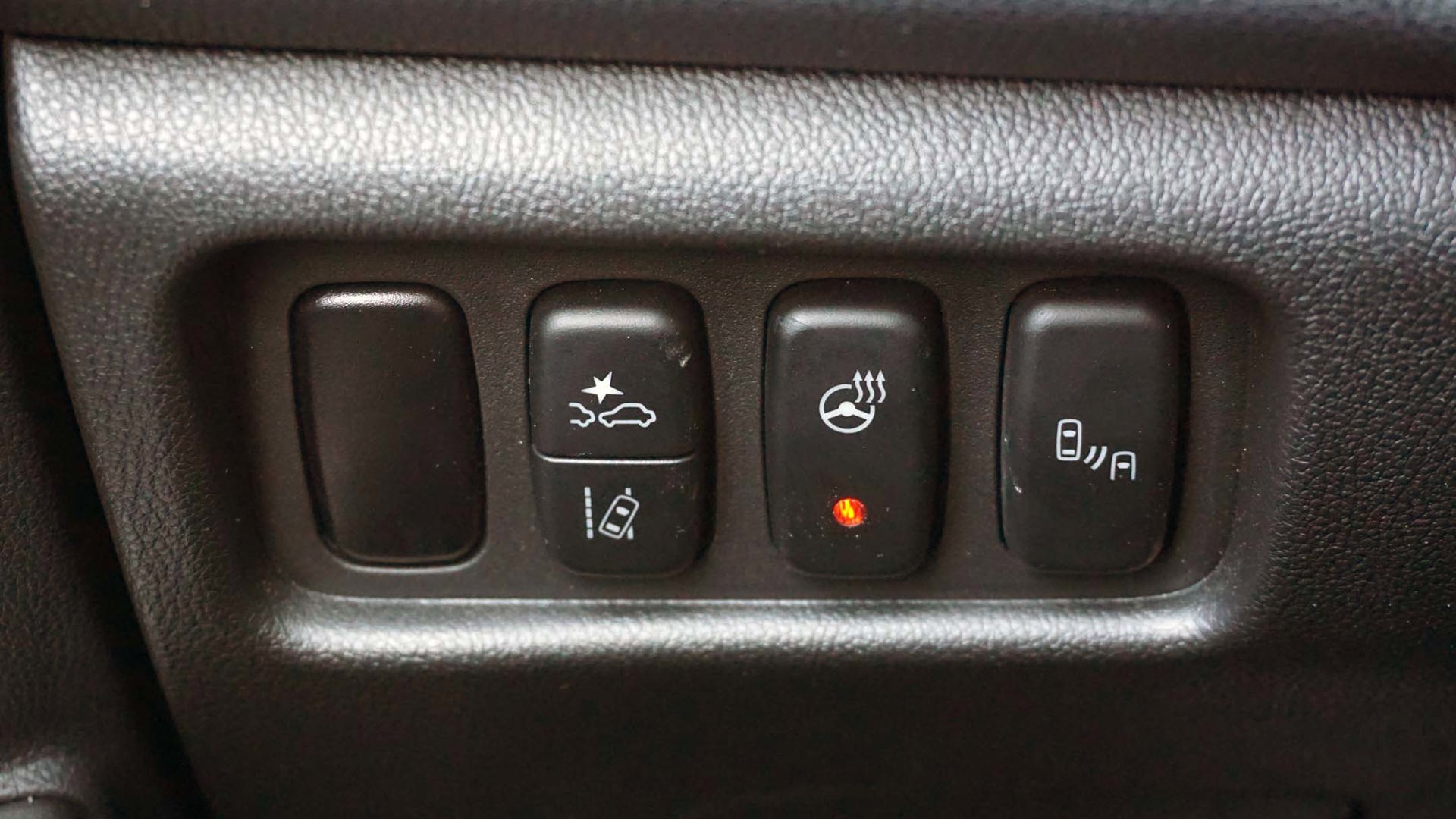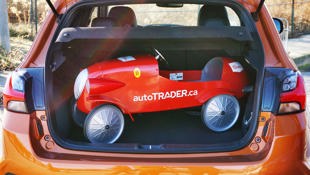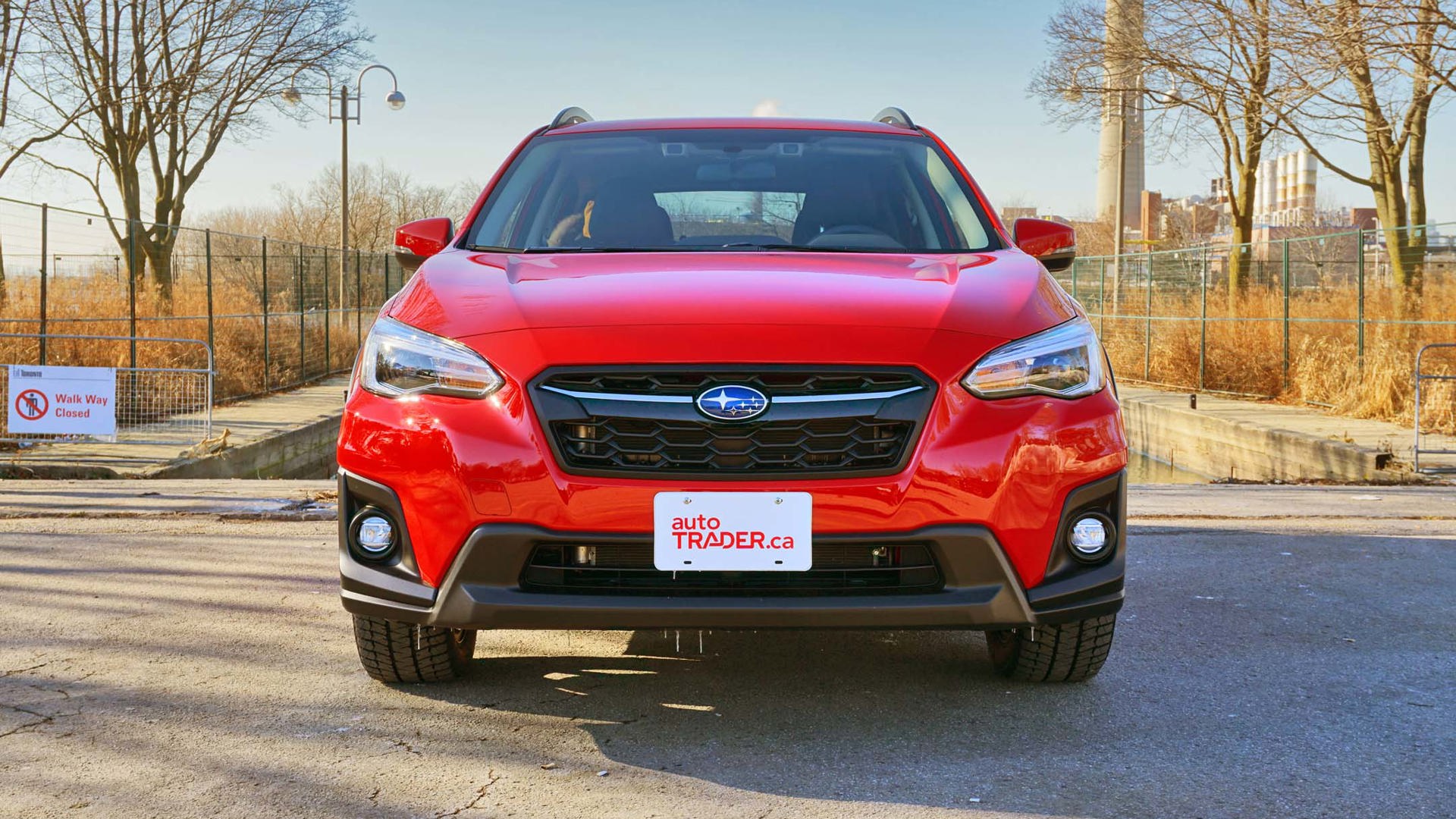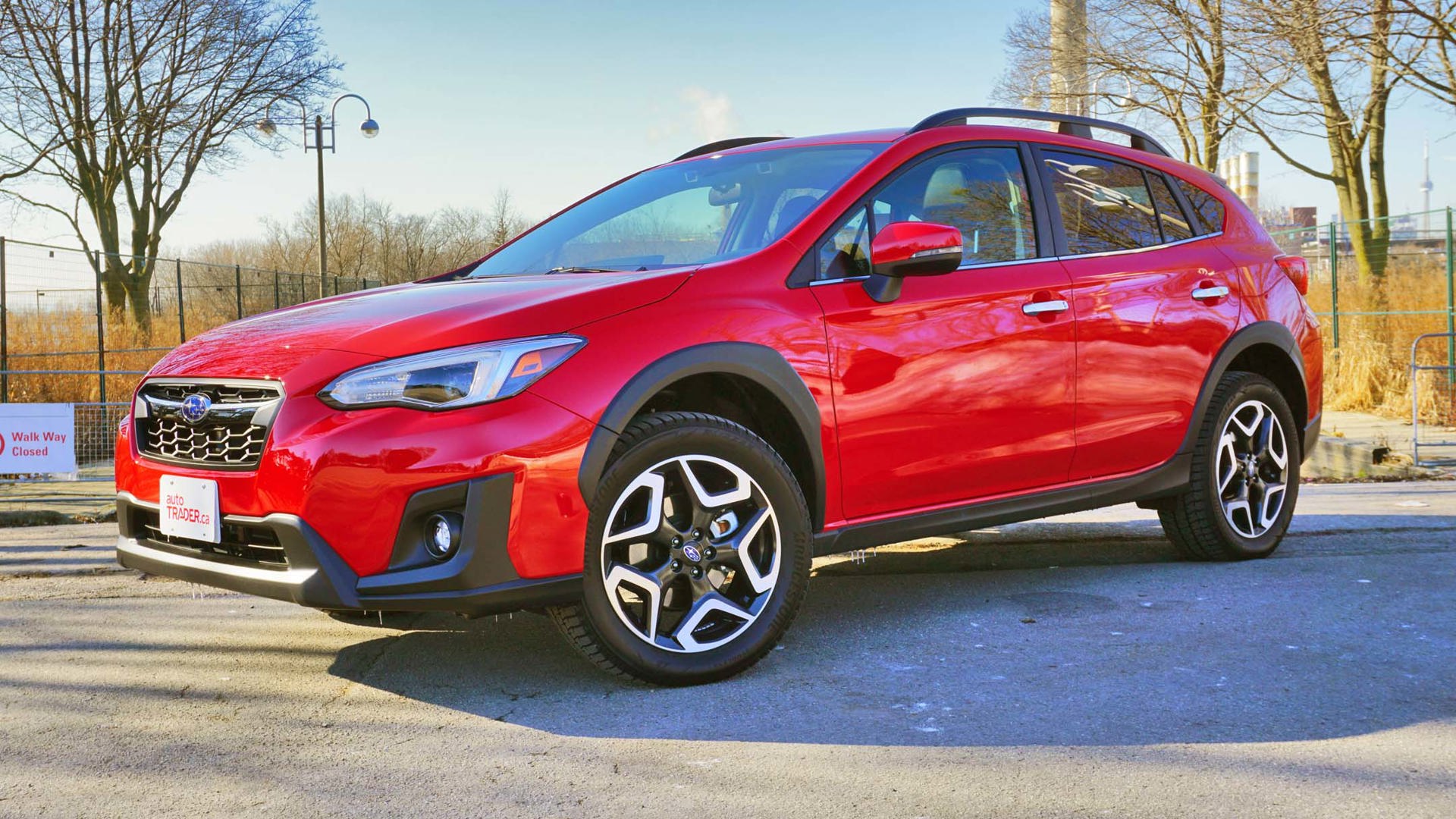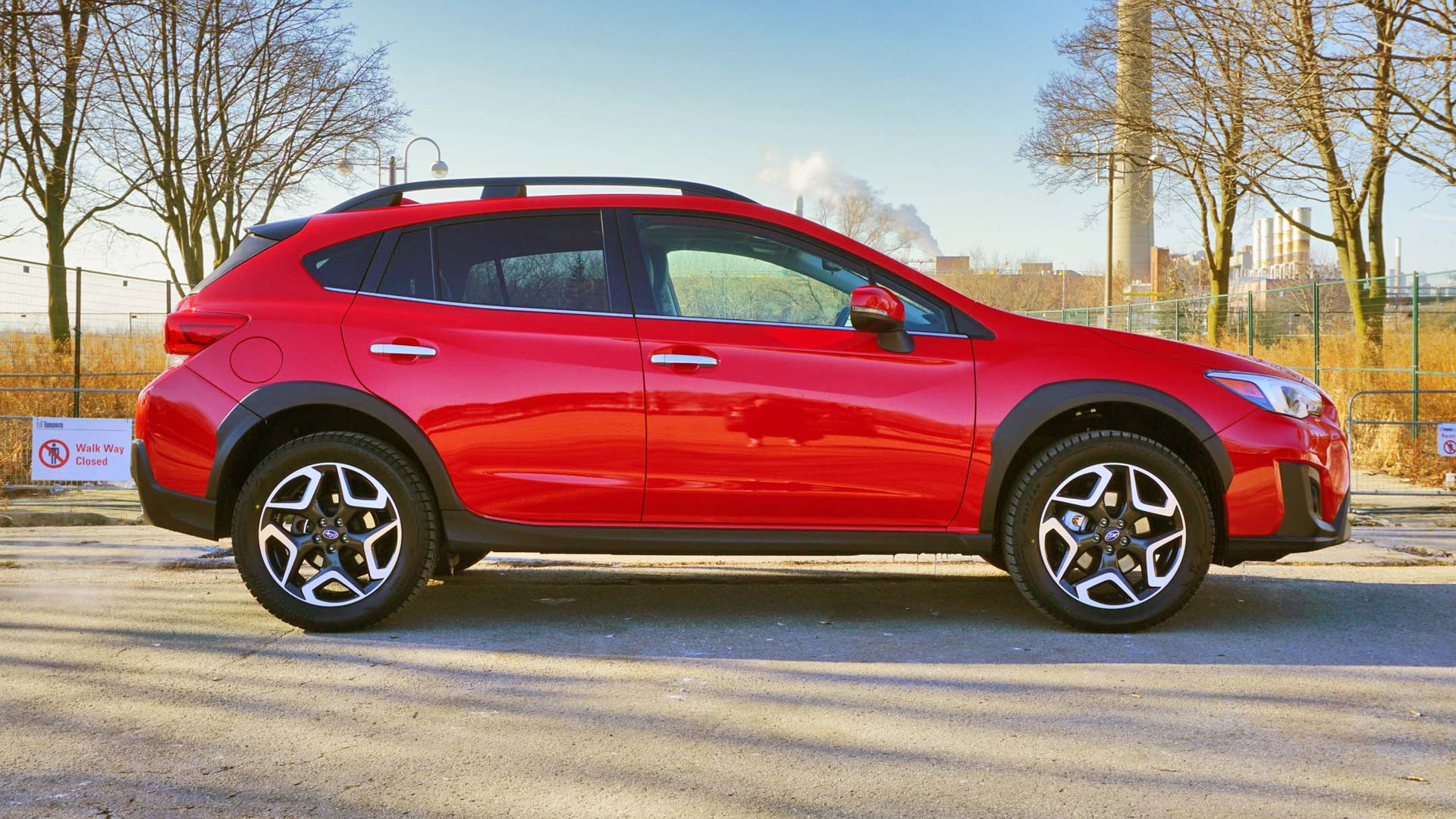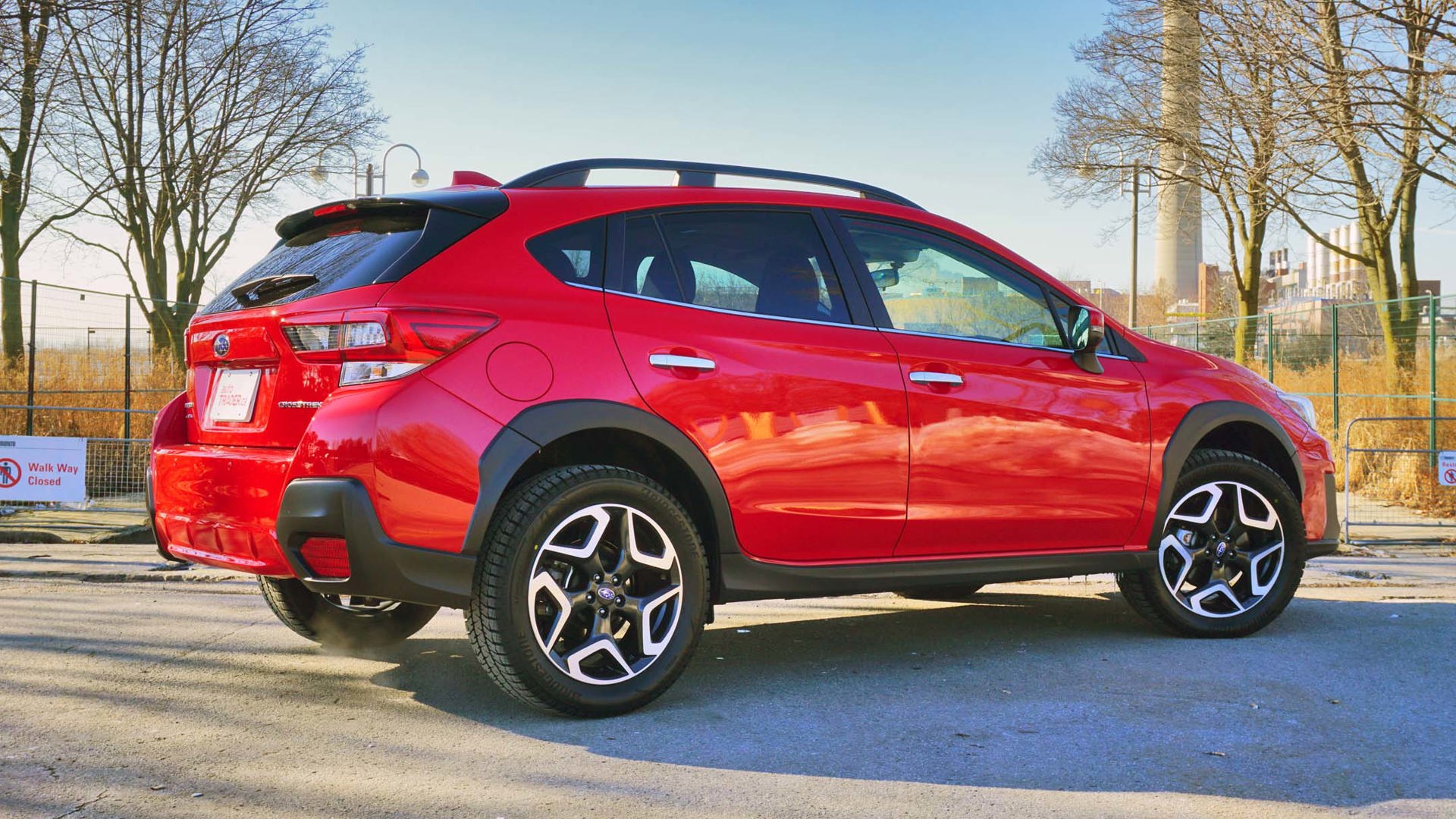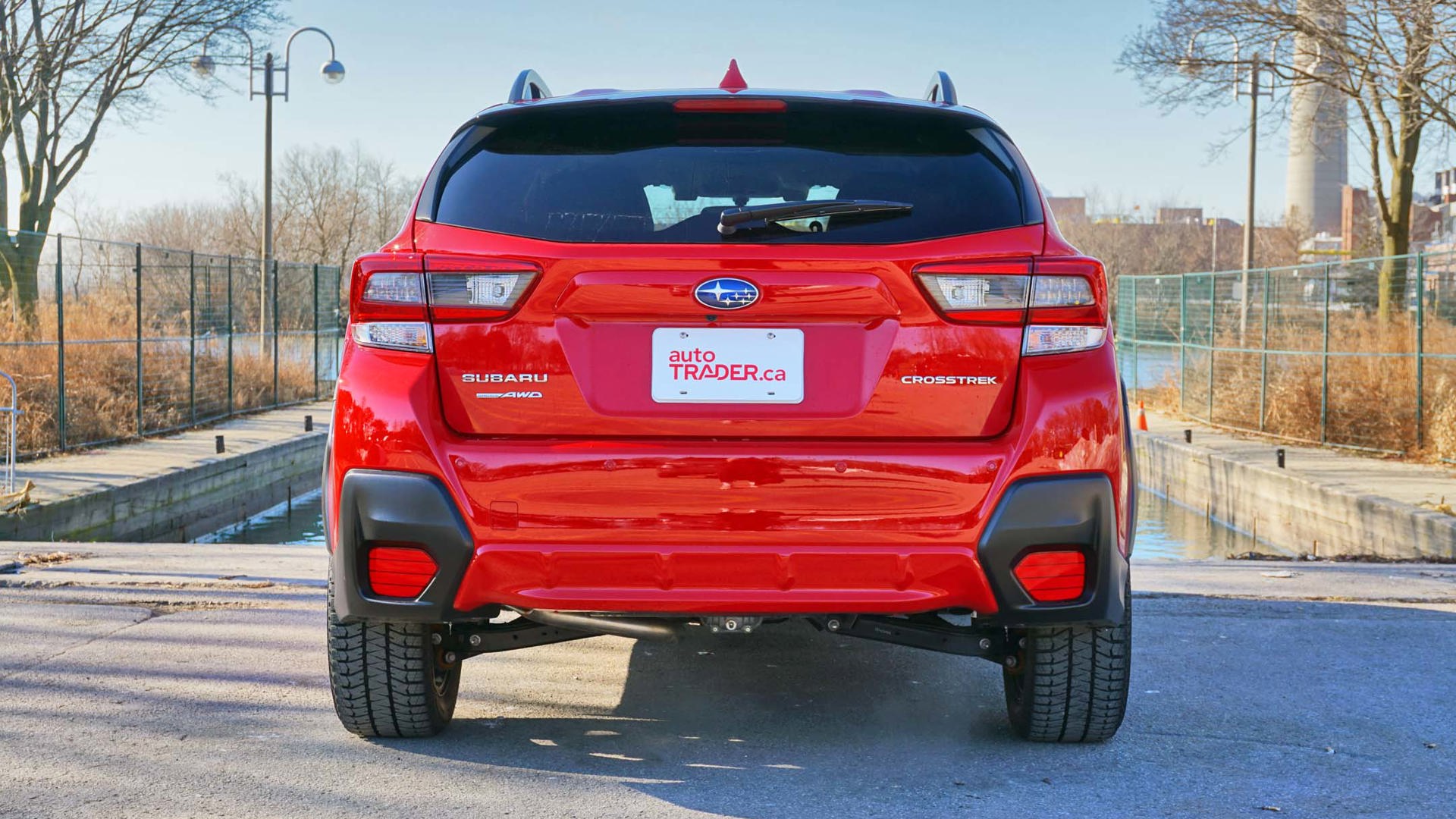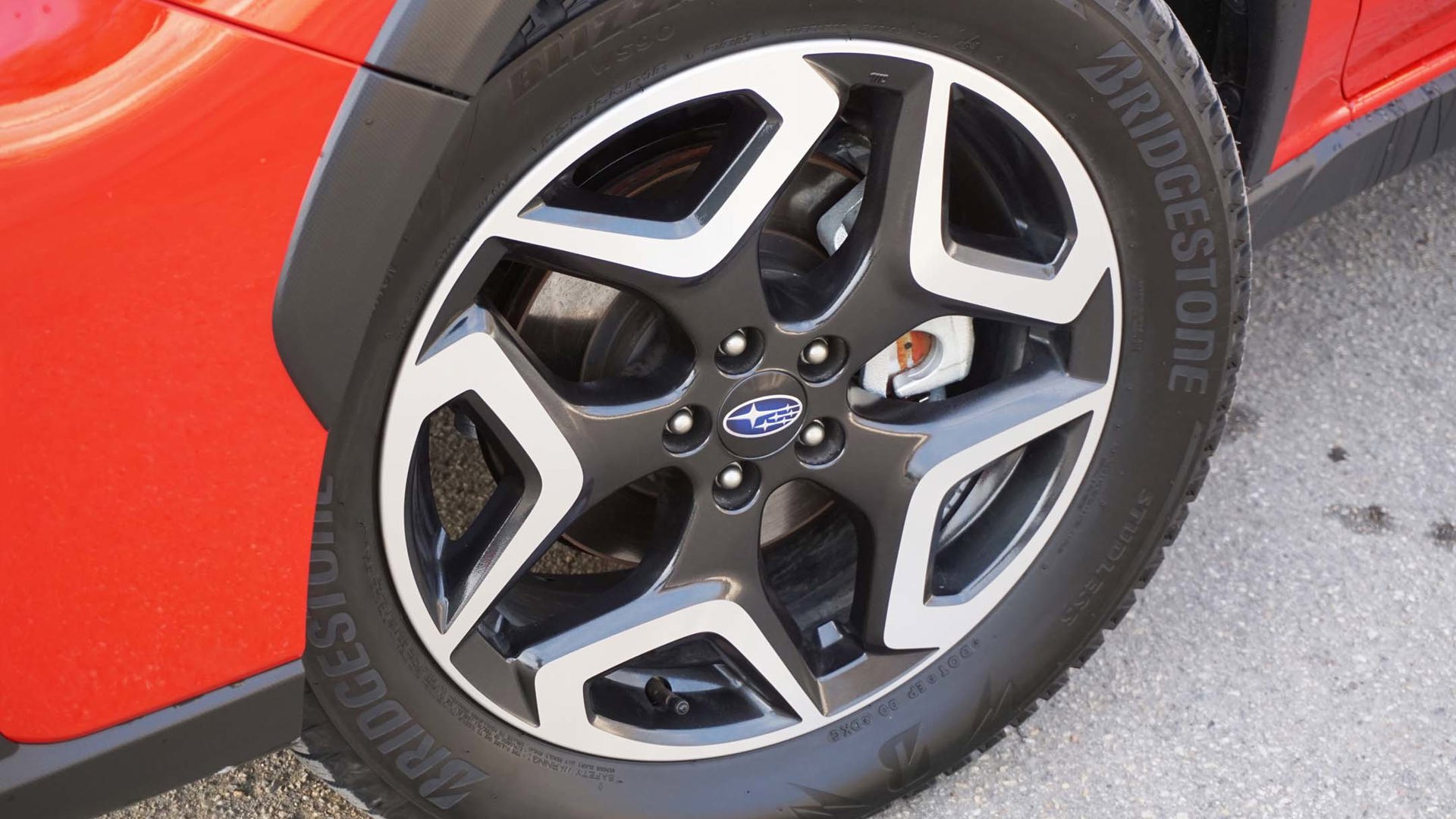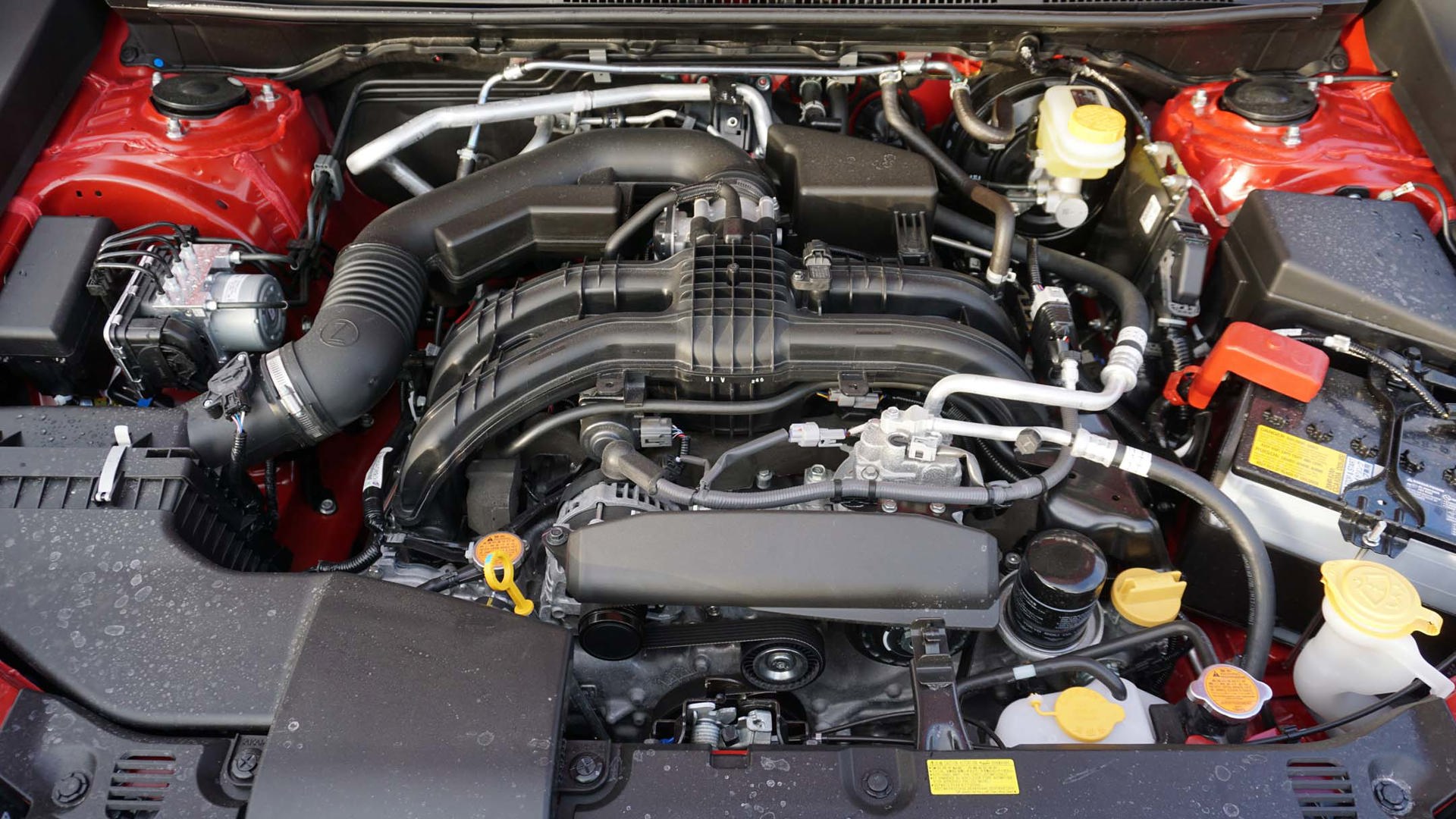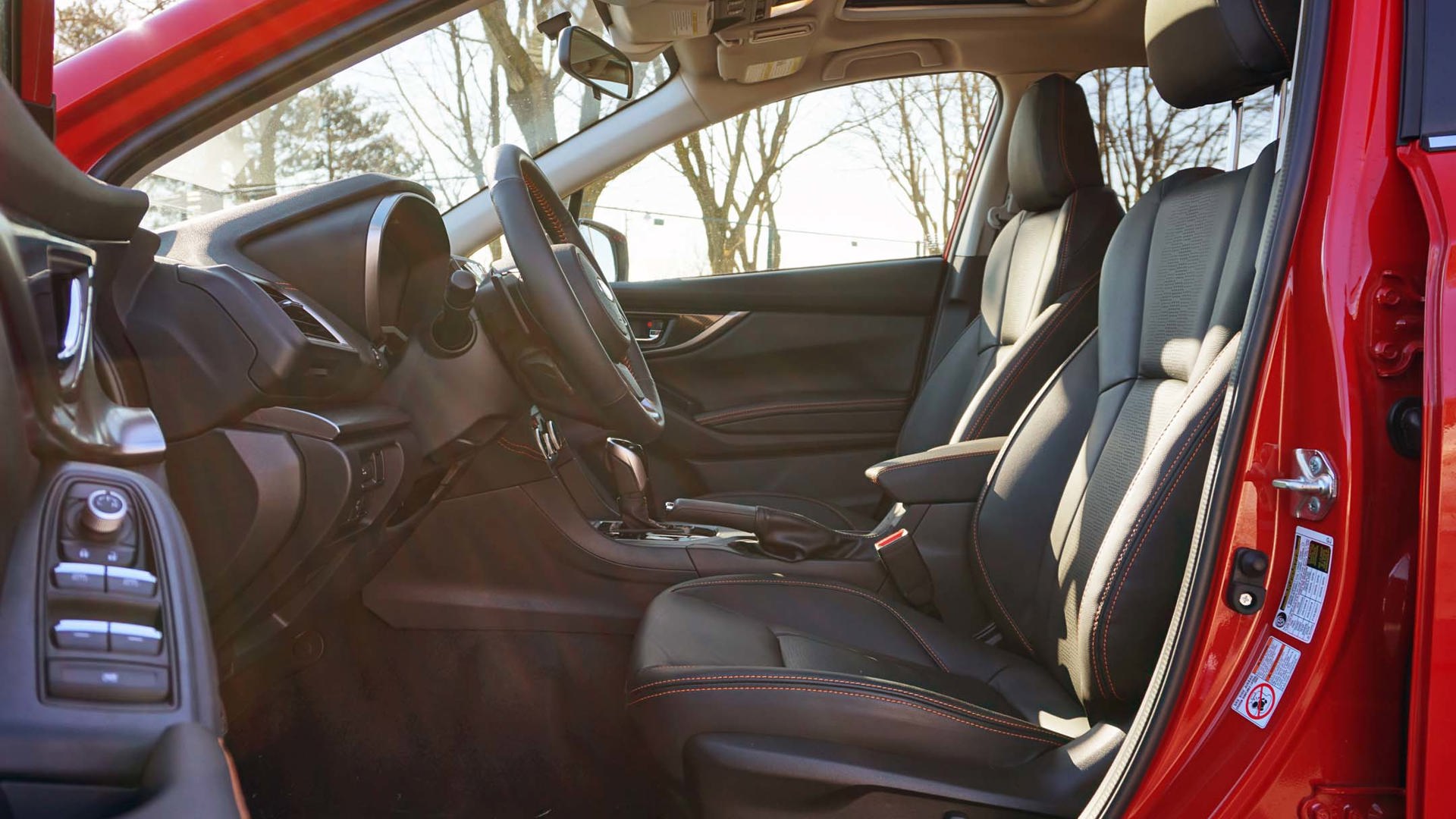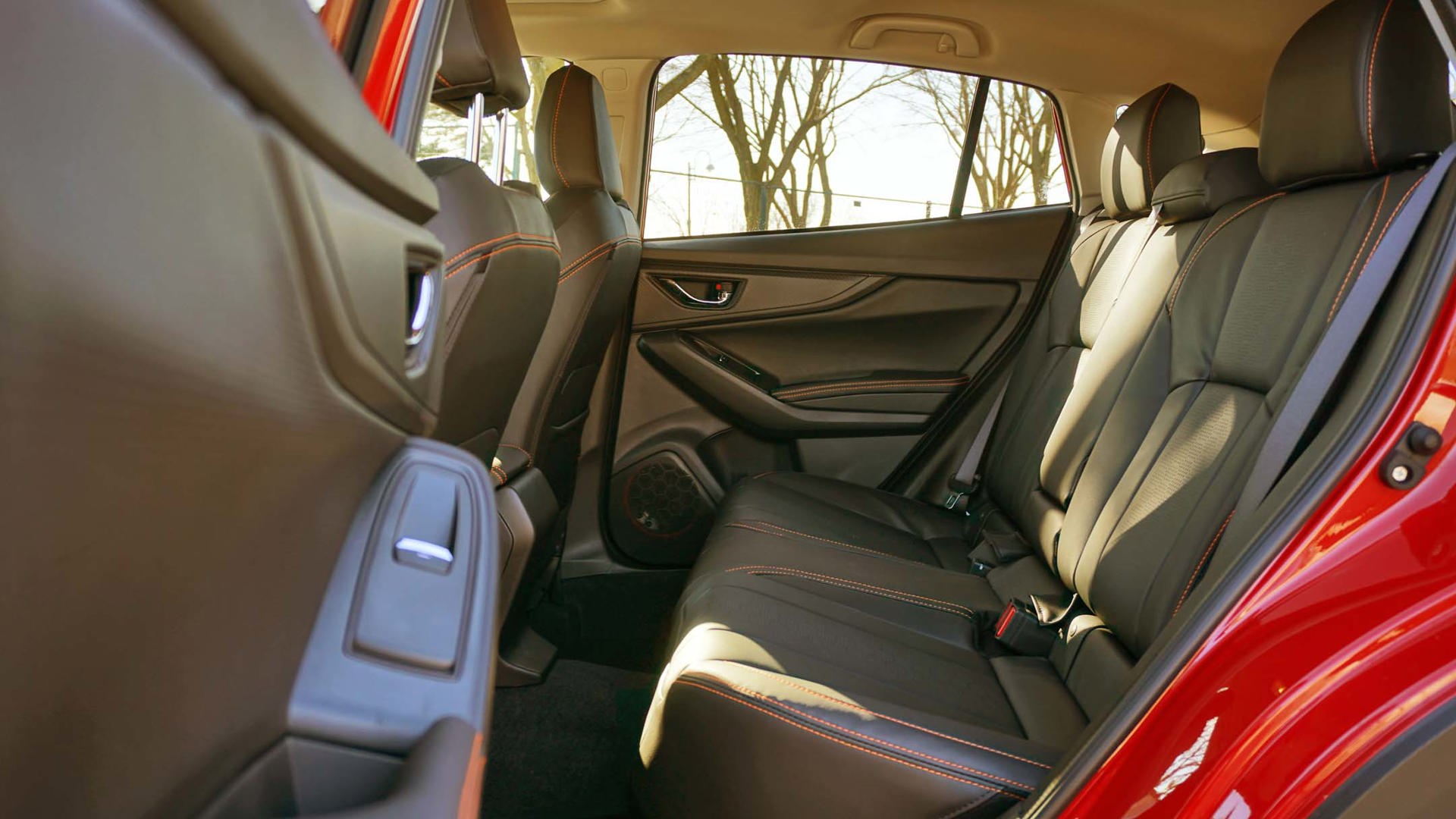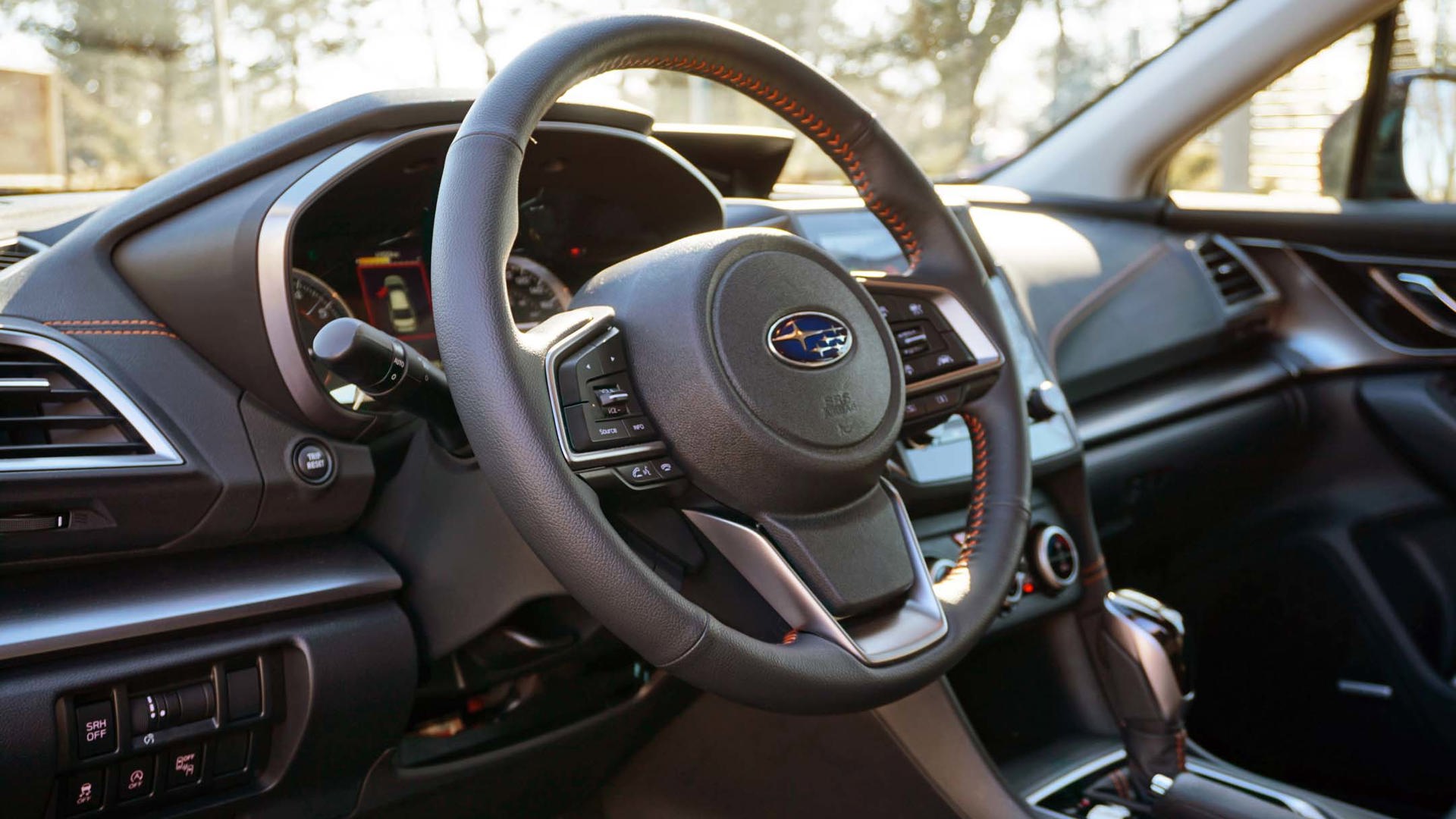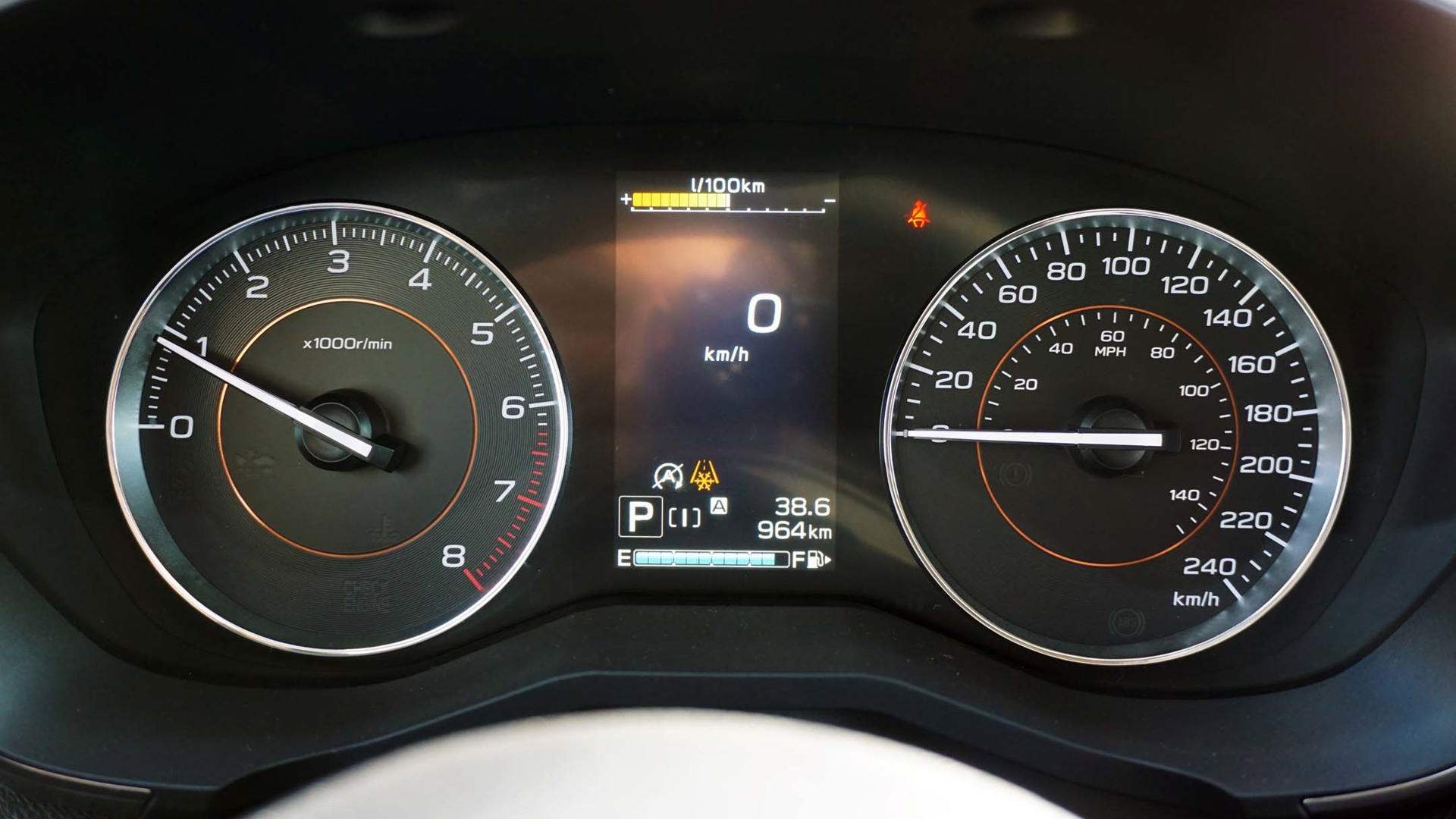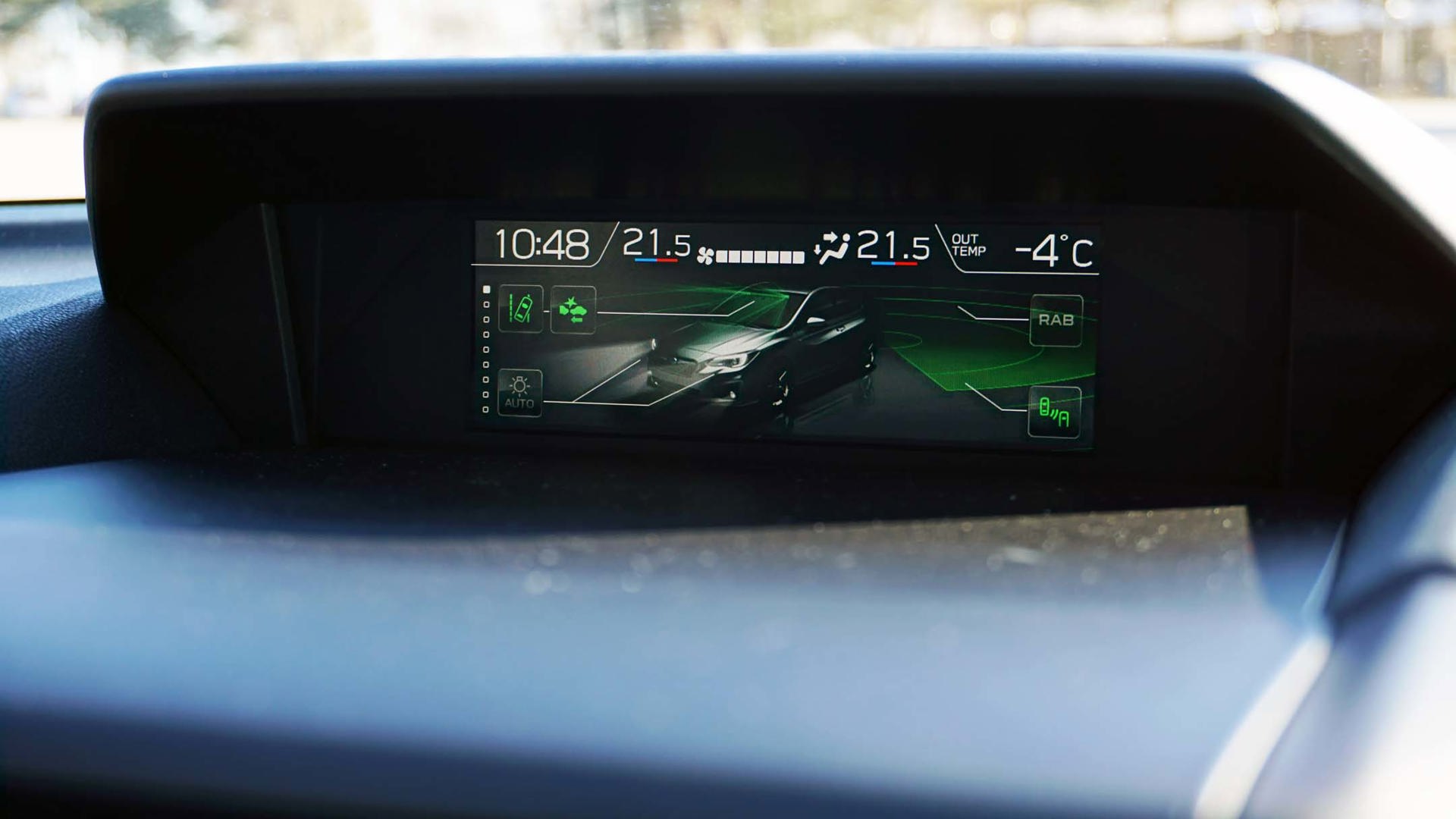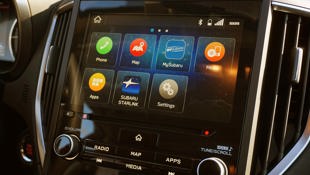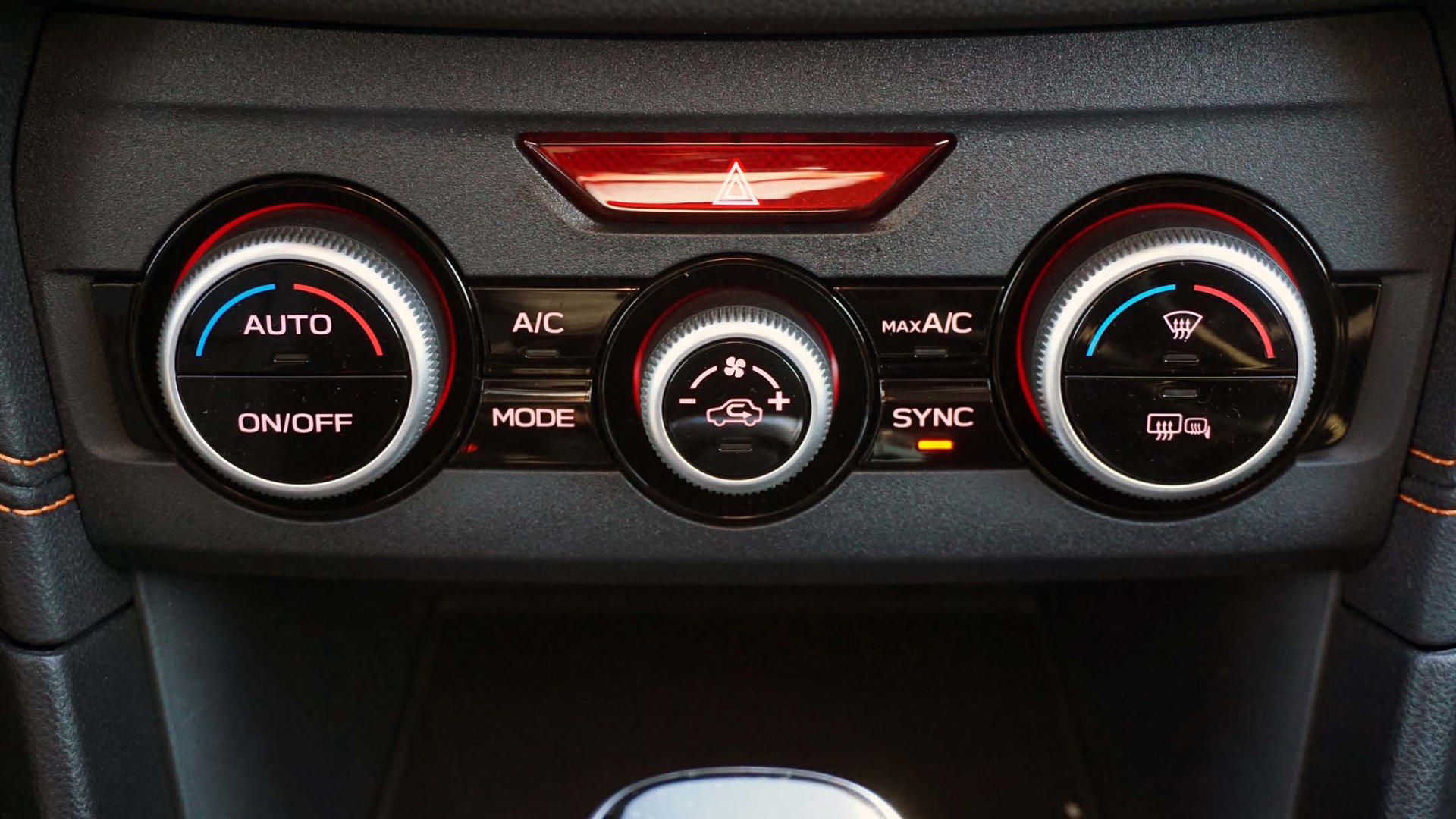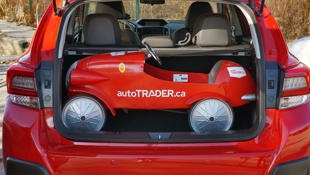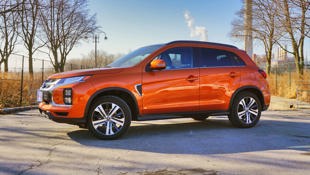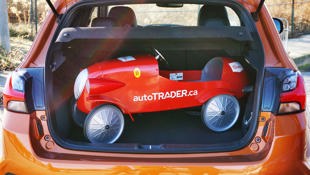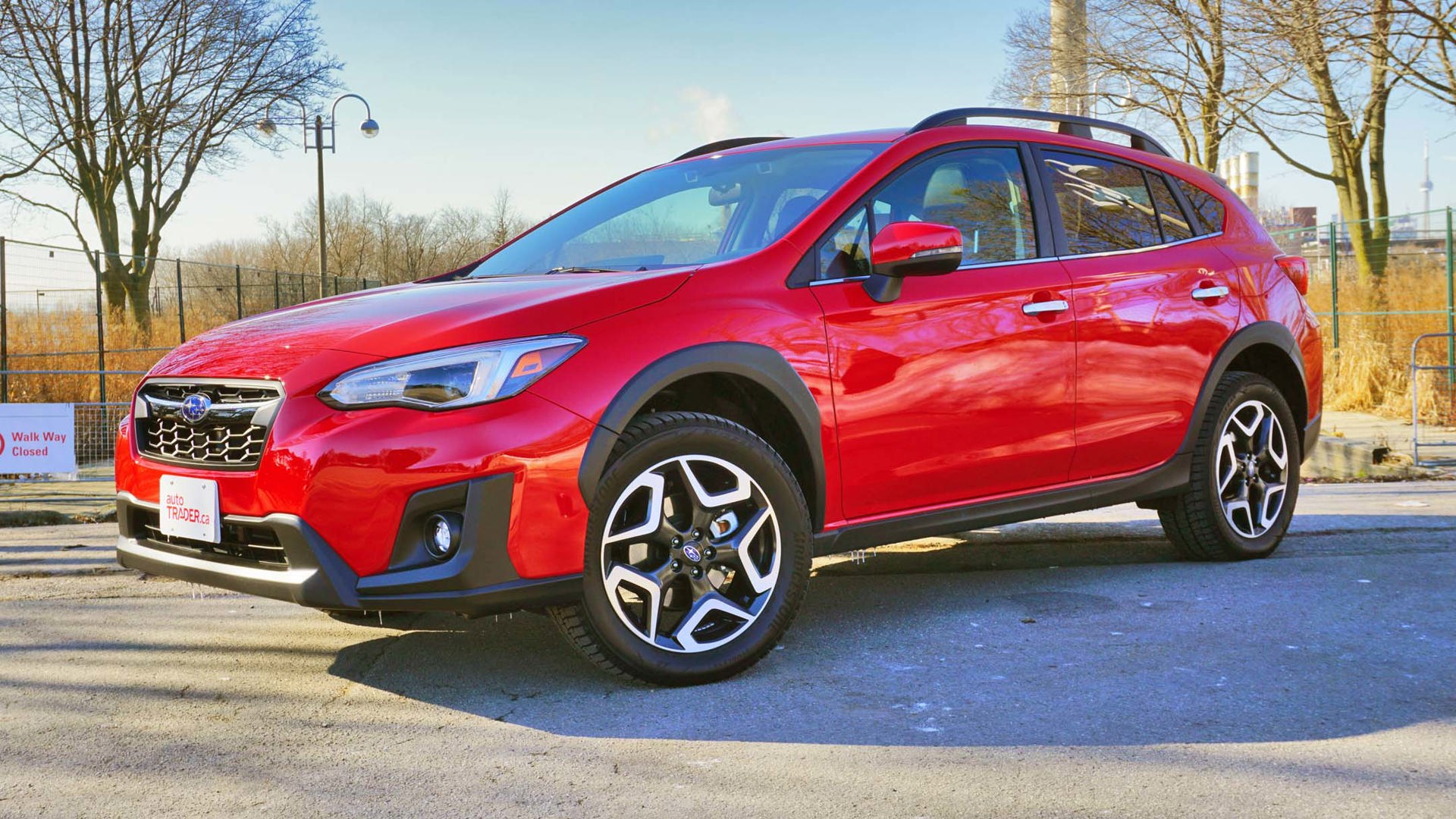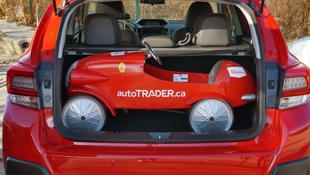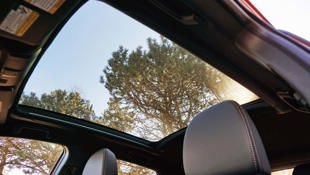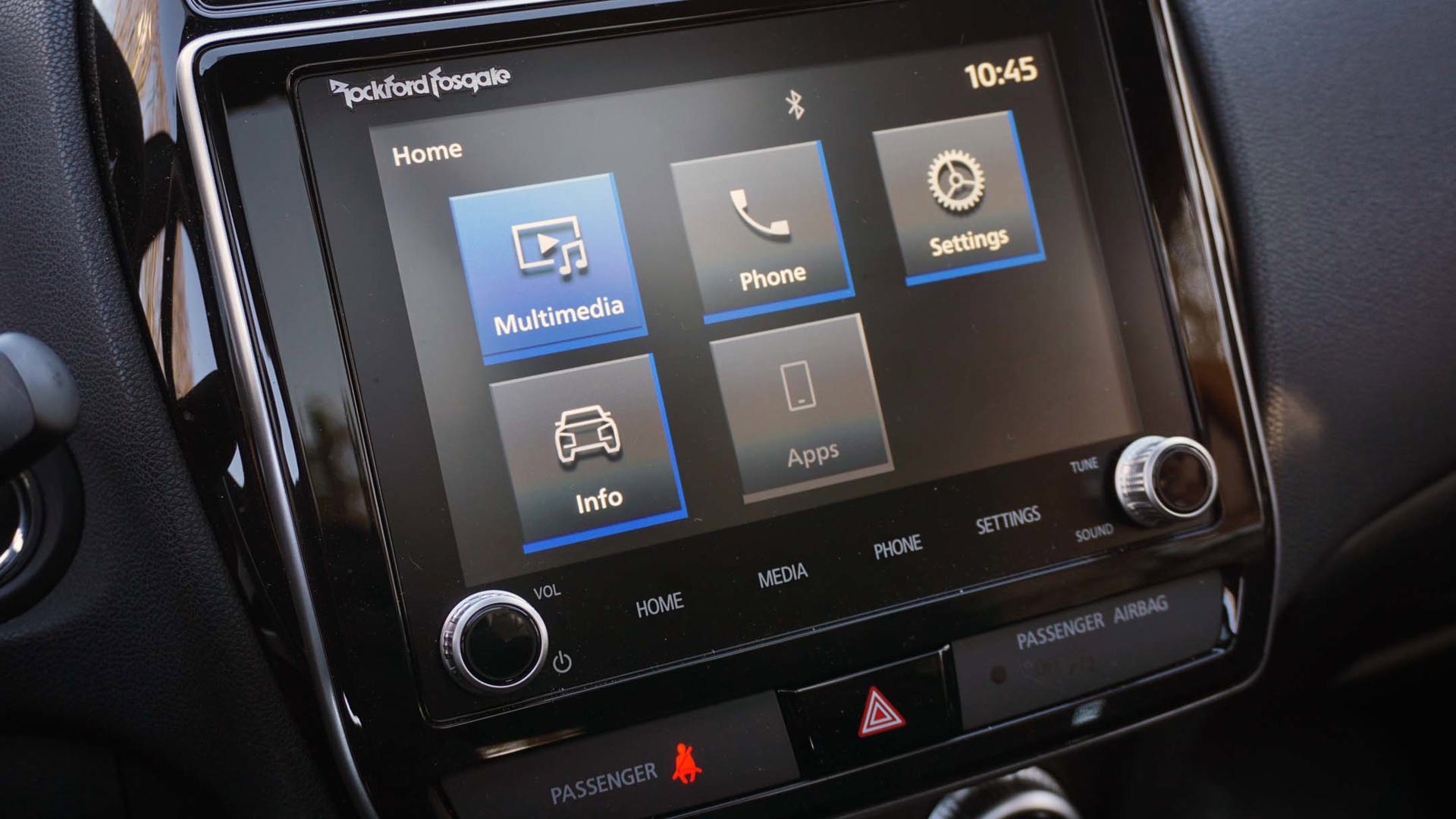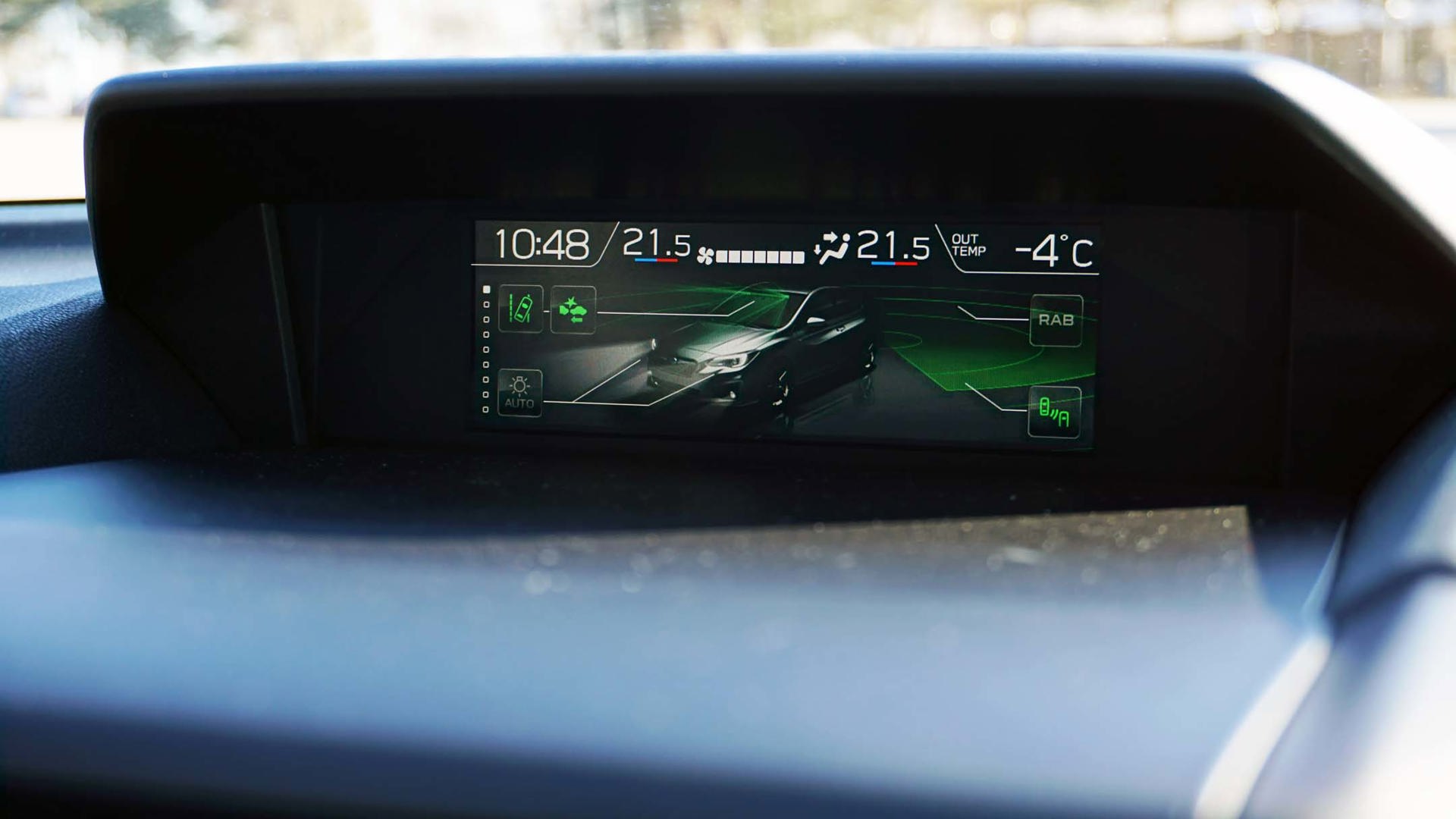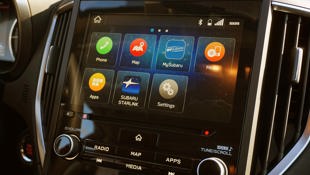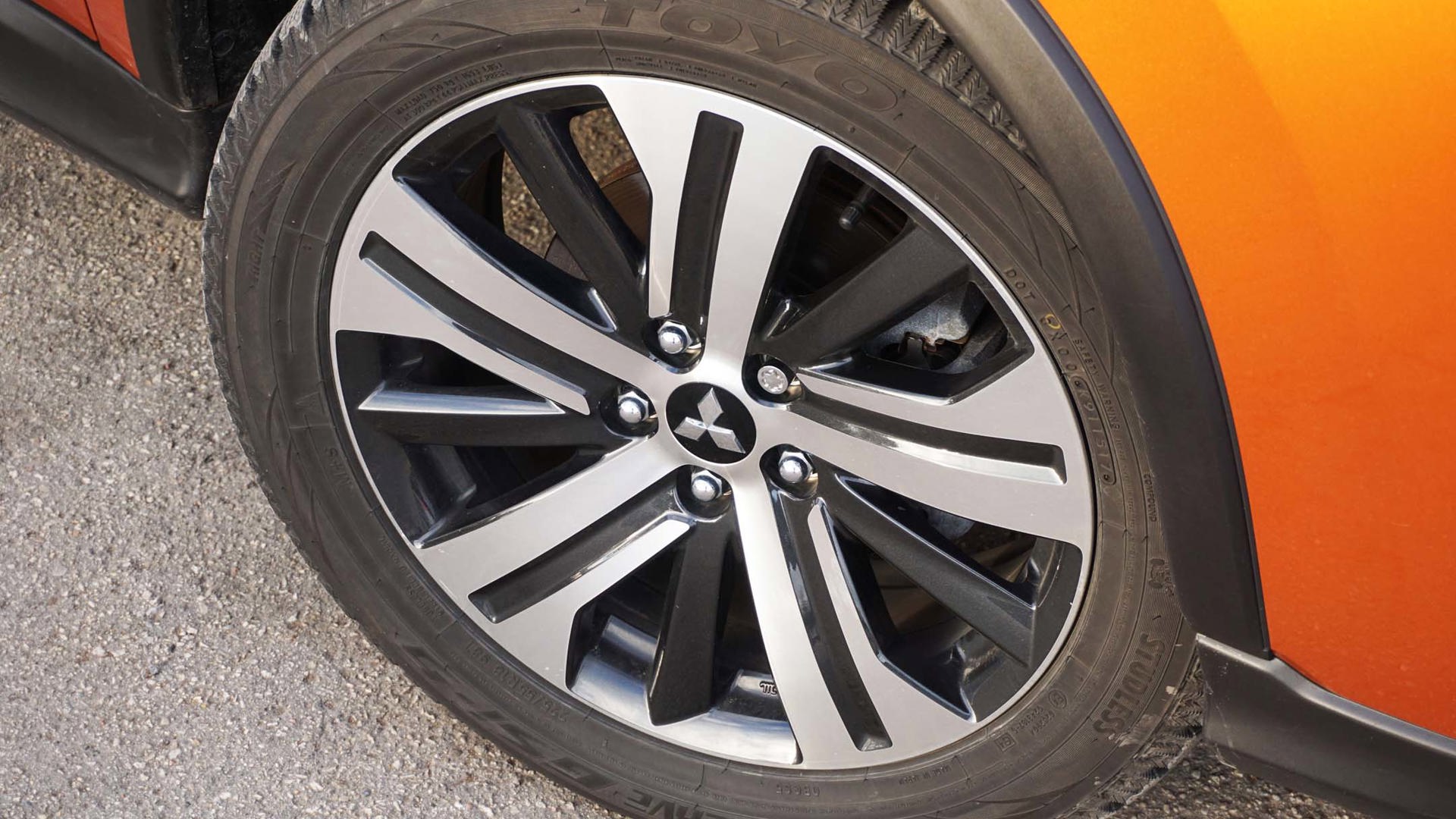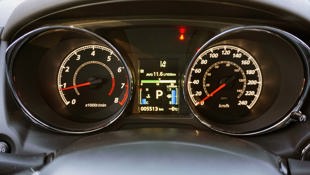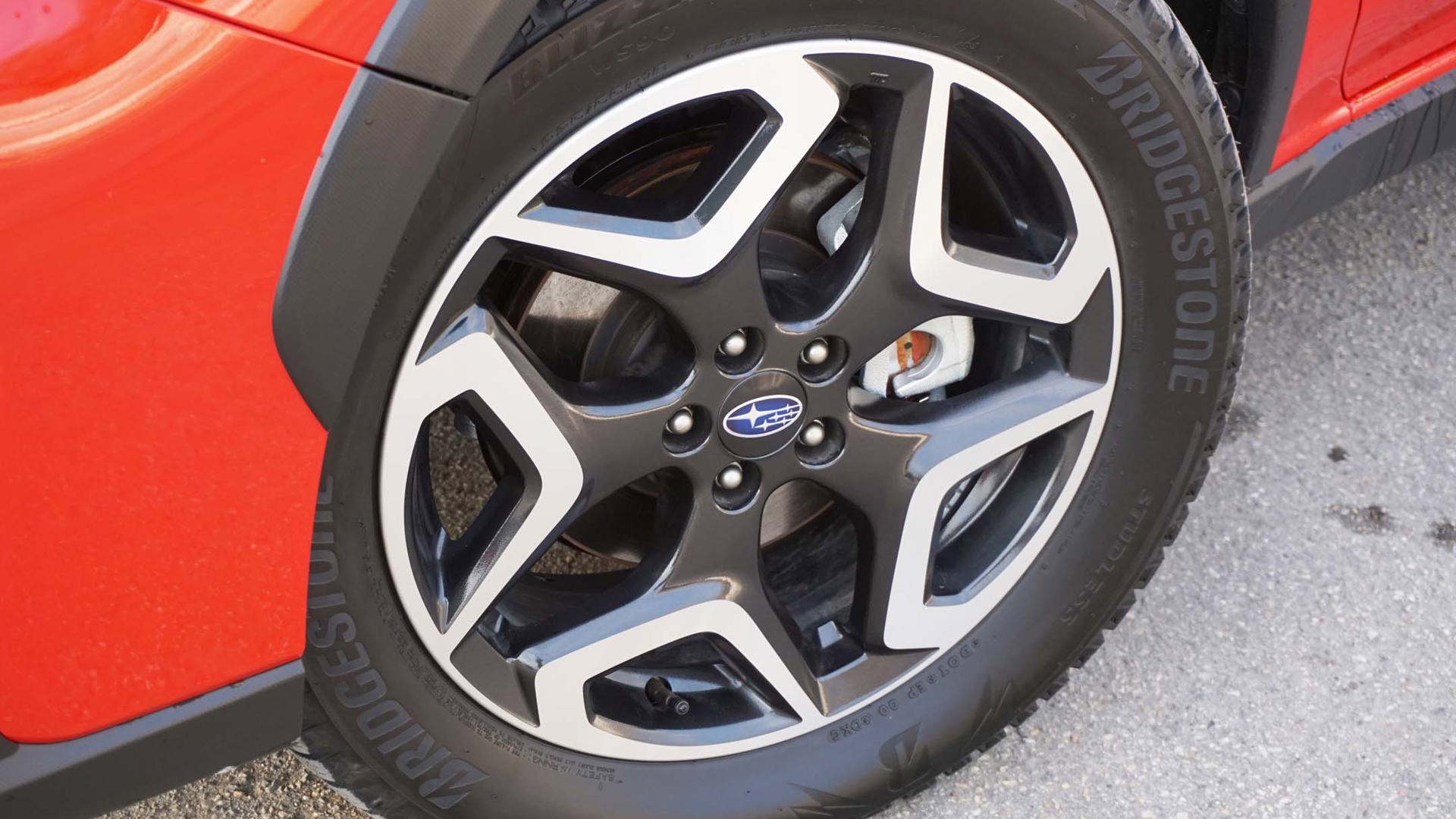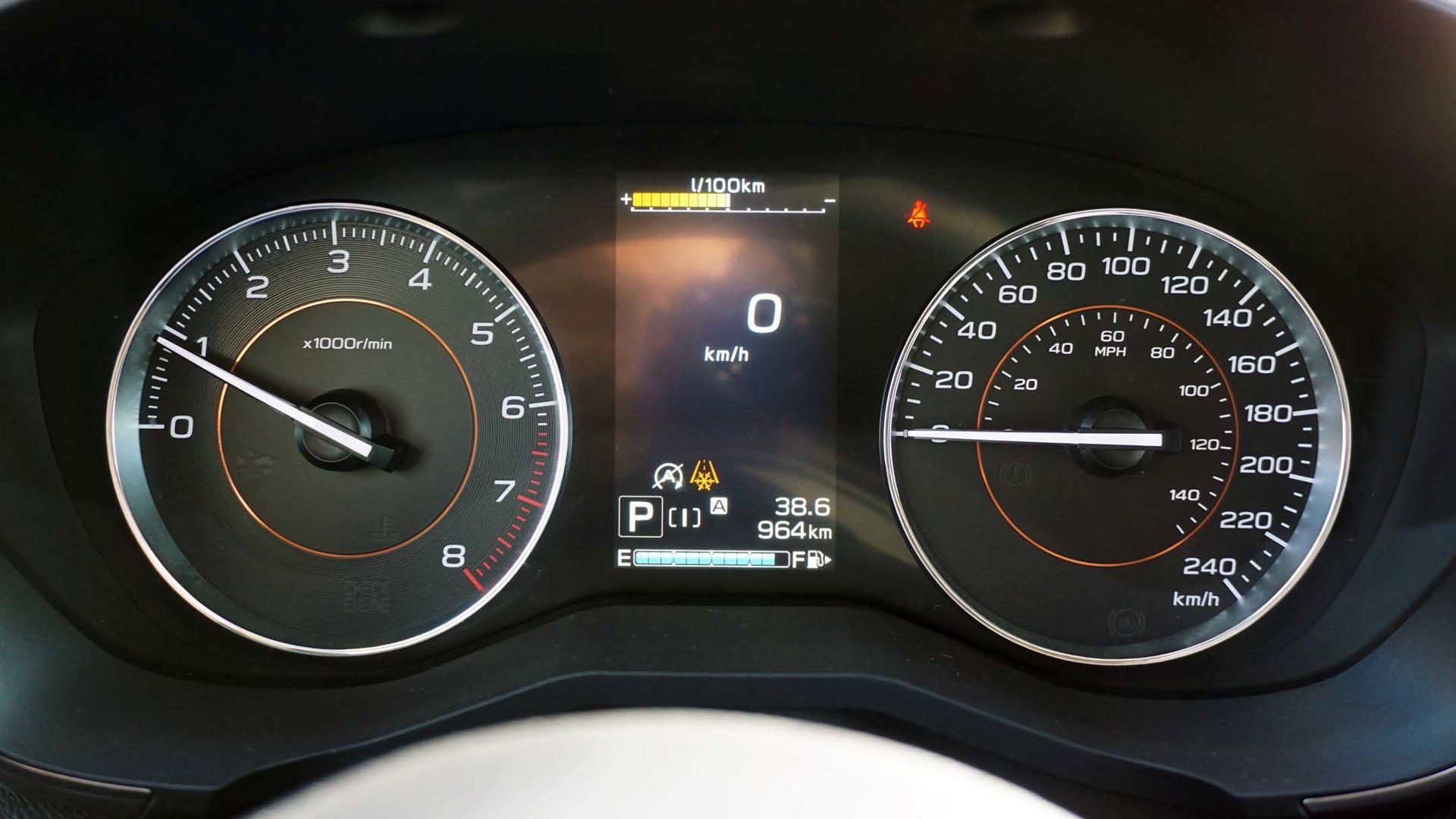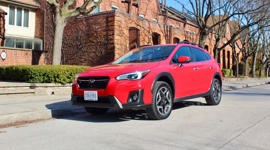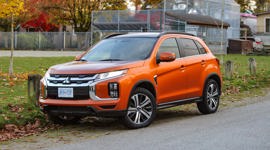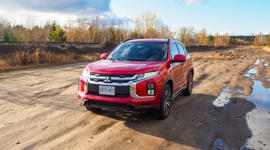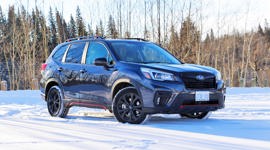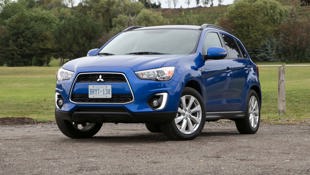Comparison Data
|
2020 Mitsubishi RVR GT
|
2020 Subaru Crosstrek Limited
|
|---|---|
|
Engine Displacement
2.4L
|
2.0L
|
|
Engine Cylinders
I4
|
H4
|
|
Peak Horsepower
168 hp @ 6,000 rpm
|
152 hp @ 6,000 rpm
|
|
Peak Torque
167 lb-ft @ 4,100 rpm
|
145 lb-ft @ 4,000 rpm
|
|
Fuel Economy
10.3/8.3/9.4 L/100 km cty/hwy/cmb
|
8.8/7.2/8.1 L/100 km cty/hwy/cmb
|
|
Cargo Space
569 / 1,382 L seats down
|
588 / 1,565 L seats down
|
|
Base Price
$33,998
|
$33,895
|
|
A/C Tax
$100
|
$100
|
|
Destination Fee
$1,900
|
$1,725
|
|
Price as Tested
$36,148
|
$35,720
|
|
Optional Equipment
$150 – Sunshine Orange Paint, $150
|
None
|
As far as automakers go, Subaru and Mitsubishi have been inextricably linked for a long time.
It was the STI versus Evo rivalry that put both brands on the map for gearheads around the globe, taking them from folklore of the Japanese domestic market and turning them into sports car slayers in driveways around the globe.
Nowadays, about the only place these two compete is in the hotly contested crossover segment, and specifically with their city-sized subcompacts. The Subaru Crosstrek and Mitsubishi RVR both deliver the characteristics consumers crave – namely their added versatility compared to cars – in small but affordable packages.
Styling
Just like 2+2 = 4 but so does 3+1, the Crosstrek and RVR use different equations to get to the same conclusion. Where the Crosstrek started life as a compact car before getting a boosted suspension and some extra body cladding, the RVR was designed as a small SUV from the start.
The story goes that Subaru knew the sport utility market was poised for a serious expansion back in the mid-1990s, except the brand couldn’t afford to develop one from the ground up. Instead, it took its popular Legacy wagon and raised the ride height, giving birth to one of its most iconic models: The Outback.
The Crosstrek doesn’t share the same phoenix-rising narrative of its larger sibling, though it forged a strikingly similar path to existence. It, too, started life as a car – in this case, the compact Impreza hatchback – before the automaker added the 220 mm of ground clearance requisite of all its SUVs. Some plastic cladding was added for good measure, giving the smallest Subaru sport utility the look of a rugged off-roader.
Where the Crosstrek is car-like (and somewhat sleek as a result), the RVR’s aesthetic is far more typical of the segment. Boxy and upright, there’s no mistaking it for anything other than a crossover. A mild styling refresh helps the 2020 version stand out from those that came before, of which there are plenty. This year marks nearly a decade on the market for the RVR, with four facelifts introduced along the way.
The new front end is the boldest to date, with a look that more closely mirrors its sister SUVs in the Mitsubishi lineup. From any other angle, though, it would be easy to mistake the latest RVR for any of the rest. That’s not necessarily a bad thing, though the somewhat understated back end isn’t quite a match with the vegetable slicer grille up front.
Both models tested here are fully loaded – called Limited in the case of the Subaru, and GT for the Mitsubishi – so 18-inch alloys are along for the ride, as are LED lights all around. (The loaded Crosstrek’s headlights are also steering-responsive.) Ultimately, there isn’t much in terms of exterior features to set the two apart, with both vehicles boasting roof rails for some added utility, as well as tinted windows and sunroofs. In terms of the latter, the Crosstrek features a conventional – and comparably small – pane of glass that opens at the press of a button to let fresh air in, while the RVR’s spans almost the entire roof section but can’t be opened.
Inside, it’s hard to deny the Crosstrek’s clear aesthetic advantage. While they both wear more black plastic than Darth Vader, the Crosstrek’s cabin has a far nicer mix of materials, as well as some orange accent stitching that adds a welcome splash of colour. The RVR, meanwhile, is filled with hard plastics that substantially cheapen the vibe inside, while there’s nothing stylistically that sets the top trim apart from the rest.
Crosstrek: 8/10; RVR: 7
Practicality
Despite the different approaches these two take to overall styling, the space inside is almost identical from the RVR to the Crosstrek tested here. Cargo volume behind the back seats stands at 569 L in the former and 588 L in the latter – a nearly negligible difference, and one that’s impacted by the presence of a subwoofer in the Mitsubishi. (All but the top trim go without the sub, resulting in 614 L of cargo room.)
Both vehicles pass the autoTRADER.ca pedal-car test with flying colours, the oblong object easily fitting inside without any manipulation. The Crosstrek’s tailgate opening is slightly wider, but both crossovers can accommodate more than their diminutive dimensions might suggest. Folding the back seats yields a slight advantage in favour of the Crosstrek, with 1,565 L of total cargo space compared to 1,382 L in the RVR GT tested here.
When it’s time to put people inside, both offer up what’s to be expected in the segment. Front seat space is the priority in both, with room in the back best reserved for small children. Headroom in the back is abysmal – again, that’s how it goes in the subcompact segment – but it’s reasonable up front. The Mitsubishi has the edge here, a result of its boxy and upright body.
Crosstrek: 7/10; RVR: 7
Features
Creature comforts in the RVR are mostly up to snuff with the competition, with automatic climate control and heated front seats standard on all models, and the fully loaded GT model adding a heated steering wheel and an upgraded audio system.
As part of the upgrades for 2020, the RVR is fitted with a standard eight-inch touchscreen infotainment system that includes Apple CarPlay and Android Auto functionality. Mitsubishi decided against including navigation on the top trim, a move that makes little difference with the standard smartphone interfacing. The infotainment system is a stripped-down affair as a result, with few functions beyond over-the-air and satellite radio.
Of course, using either phone-pairing system is the way to go for more than just maps, with the ability to send and receive messages audibly, as well as make phone calls and play music and podcasts through the head unit or via voice command.
Base versions of the Crosstrek don’t come quite as well equipped as the RVR, which has heated seats even at base. Auto climate control is standard across the trim range, a system that adds dual-zone functionality in the loaded Limited version. A heated steering wheel also comes in the top trim, along with an eight-inch touchscreen infotainment system that has built-in navigation.
A smaller 6.5-inch system is standard on Convenience and touring versions of the Crosstrek, though it, too, runs the latest version of the automaker’s infotainment interface that’s one of the better systems on the market. Like the RVR, Apple CarPlay and Android Auto are standard, making phone-pairing as easy as possible.
Subaru also added its telematics service to the Crosstrek for 2020, with all but base models coming with a three-year free trial of the connected services suite. That’s a boon to safety and convenience, with everything from emergency response in the event of a collision to parent-friendly curfew, boundary, and speed limit alerts. The system also allows users to remotely start their vehicles and lock and unlock the doors from their smartphones, as well as schedule service appointments from the head unit.
Crosstrek: 8/10; RVR: 8
User Friendliness
Simplicity reigns supreme inside the RVR, with controls and switches laid out as logically as anything else on the market – though it could be accused of being a bit too simple. The climate control system, for example, is controlled via a trio of chunky knobs, yet there’s no corresponding display to show what temperature it’s set to.
Similarly, the cruise control system, which isn’t adaptive, doesn’t offer any visual indication that it’s engaged. A simple light illuminates when the system is on and ready for use, but that’s it; no familiar little speedometer symbol or speed indicator once the system is set. That’s an almost unforgivable oversight in 2020 – especially considering the RVR was updated for this year.
Sticking with the uncomplicated approach, the infotainment system in the RVR has a home screen that looks more like a menu, with simple tiles used to access the various features offered. It’s certainly outdated in appearance but works well and responds quickly enough to avoid headaches.
The Crosstrek includes far more buttons and controls – especially on the steering wheel, with no fewer than 15 switches on the Limited model tested here – but is equally as logical in its layout. Rotary dials are also used here to manipulate the HVAC system, though the info screen mounted atop the dash displays the temperature as it’s adjusted.
Rather than the touch-sensitive buttons that run along the bottom of the RVR’s screen, the Crosstrek uses hard-touch ones to get around in addition to the touchscreen itself. It’s all nicely put together and leaves little guesswork when jumping from the radio to the home screen, or back to Apple CarPlay.
Crosstrek: 8/10; RVR: 7/10
Safety
Where safety is concerned, it’s a clean sweep for Subaru. The RVR comes up short of the Crosstrek in almost every way – and it comes up short of where it should be after its recent update.
While blind-spot monitoring, lane-departure warning, and forward emergency braking are available, they aren’t standard. Worse still, it’s a bit of a half-baked system overall, with no lane-keep assist or adaptive cruise control offered. The forward collision warning system is also somewhat sensitive, beeping while merging on the highway one morning when the nearest car was one lane over and four car-lengths ahead.
Subaru still hasn’t figured out how to offer its safety systems on vehicles equipped with manual transmissions, so just like in the RVR, the stuff isn’t standard. Any Crosstrek fitted with an automatic does, however, feature the brand’s full safety suite. That means automatic emergency braking and lane-departure warning are included, as well as adaptive cruise control and lane-keep assist.
The version tested here being the loaded-up Limited model, blind-spot monitoring and reverse automatic braking are also included for added safety acumen. It all makes for a fairly holistic package, though just like its counterpart in this contest, the sensitivity of certain features could be dialled back a notch – namely the lane-departure warning, which chimes in early and often.
Crosstrek: 9/10; RVR: 7/10
Power
If there was one area the RVR swings a serious counterpunch at the Crosstrek it’s under the hood, with the available 2.4L four-cylinder the superior engine by a good margin. It’s not much more powerful on paper – 168 hp and 167 lb-ft of torque compared to the Crosstrek’s 152 hp and 145 lb-ft of torque – but it feels as peppy as a crossover like this should.
Base versions of the RVR, as well as any model with front-wheel drive, come with a 2.0L engine that’s closer to the Crosstrek in output and outright performance, making the 2.4L found in the GT tested here (as well as all-wheel drive SE and SEL models) worth the price of admission. The CVT it’s paired to isn’t quite as good as the one in the Crosstrek, feeling less refined and sounding much louder, but it’s a responsive engine that suits the RVR just fine.
The 2.0L flat four-cylinder powering the Crosstrek isn’t just a low point compared to what’s offered in the RVR, but it’s about as gutless as anything else on the market today. Subaru added a sport button for 2020 that helps dial up throttle response when required, but the Crosstrek could certainly stand to benefit from a bigger engine.
Despite being a bit too eager off the line, the Crosstrek falls on its face when it’s time to merge or pass on the highway, with an odd hollow point in the throttle mapping that can lead to some sweat-inducing moments as velocity builds slowly and the merge lane gets shorter.
Crosstrek: 6/10; RVR: 8
Fuel Economy
The trade-off to the underwhelming acceleration of the Crosstrek is how it performs at the pumps. Natural Resources Canada (NRCan) ratings peg consumption at 8.8 L/100 km in the city, 7.2 L/100 km on the highway, and 8.1 L/100 km combined – impressive considering the full-time nature of the Crosstrek’s all-wheel drive system, a signature of the Subaru brand. In reality, consumption landed at a still-respectable 9.8 L/100 km combined during a week of winter testing.
Despite sporting a four-wheel drive system that can be engaged at the driver’s will, fuel consumption in the RVR is substantially worse. Of course, part of this is due to the larger engine in the version tested here, but even the base RVR with the 2.0L engine and front-wheel drive is rated at 9.7/7.8/8.8 city/highway/combined, barely better than the 10.3/8.3/9.4 of the all-wheel drive model sporting the larger motor. Sadly, the RVR GT tested here fared even worse, ending the week at approximately 11.2 L/100 km combined despite spending the vast majority of the time in two-wheel drive.
Crosstrek: 8/10; RVR: 6.5/10
Driving Feel
Beyond the RVR’s engine feeling more eager and engaging, the steering and suspension systems err on the sportier side. The latter is a bit more rickety and the damping isn’t quite as dialled in as the Crosstrek’s, but the ride and handling are simply sharper. While not to everyone’s tastes, those looking for feedback will find it here.
Conversely, the Crosstrek is on the softer side of the ride quality equation, feeling somewhat squishy over bumps in the road. Steering feel, too, is much different than what the RVR offers, with a numbness that’s the rule and not the exception in the segment. Again, it’s all about preference, and both are easy to live with.
Crosstrek: 7/10; RVR: 7
Comfort
Similar to safety, comfort is another area the Crosstrek is far and above the better vehicle. The build quality of the RVR tested here is less than stellar, with plenty of creaks and rattles emanating from the dashboard to the headliner. Looking – and listening – beyond the groans and moans of the various plastic panels, the suspension is somewhat harsher than what underpins the Subaru. The RVR’s steering rack is also prone to crabbing at low speeds, shuddering and clunking when turning at low speeds. It’s far from a pleasing experience.
The Crosstrek’s suspension may be on the softer side, but that also means its comfort is never questioned. Despite its 18-inch wheels being shod in the same 225/55 tires as the RVR, it manages to quell much of the bumps on city streets without much fuss.
Crosstrek: 9/10; RVR: 5/10
Value
Comparing similarly equipped base models – remember, the cheapest RVR is fitted with front-wheel drive, while the Crosstrek comes with a manual transmission – results in shockingly similar selling prices. An RVR ES with all-wheel drive rings in at $27,508 with freight and fees, while a Crosstrek Convenience equipped with an automatic transmission comes in at $27,899.
Moving to the fully loaded versions tested here, the Mitsubishi RVR GT complete with optional orange paint is priced at $36,158 with delivery and environmental taxes, while the Crosstrek Limited is listed at $35,999 with the same add-ons but before tax.
Crosstrek: 8/10; RVR: 6/10
The Verdict
Either way, the Crosstrek feels like it’s worth the price compared to the RVR. They’re not far off in terms of interior space, and the RVR boasts a better engine and a 10-year warranty, but the Crosstrek is a better vehicle by a good margin, delivering more value in a city-sized package.
